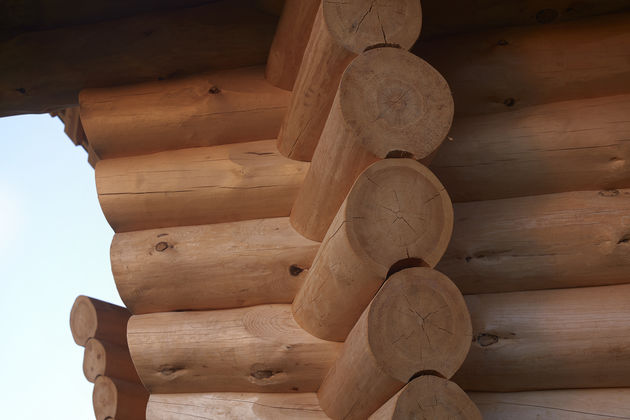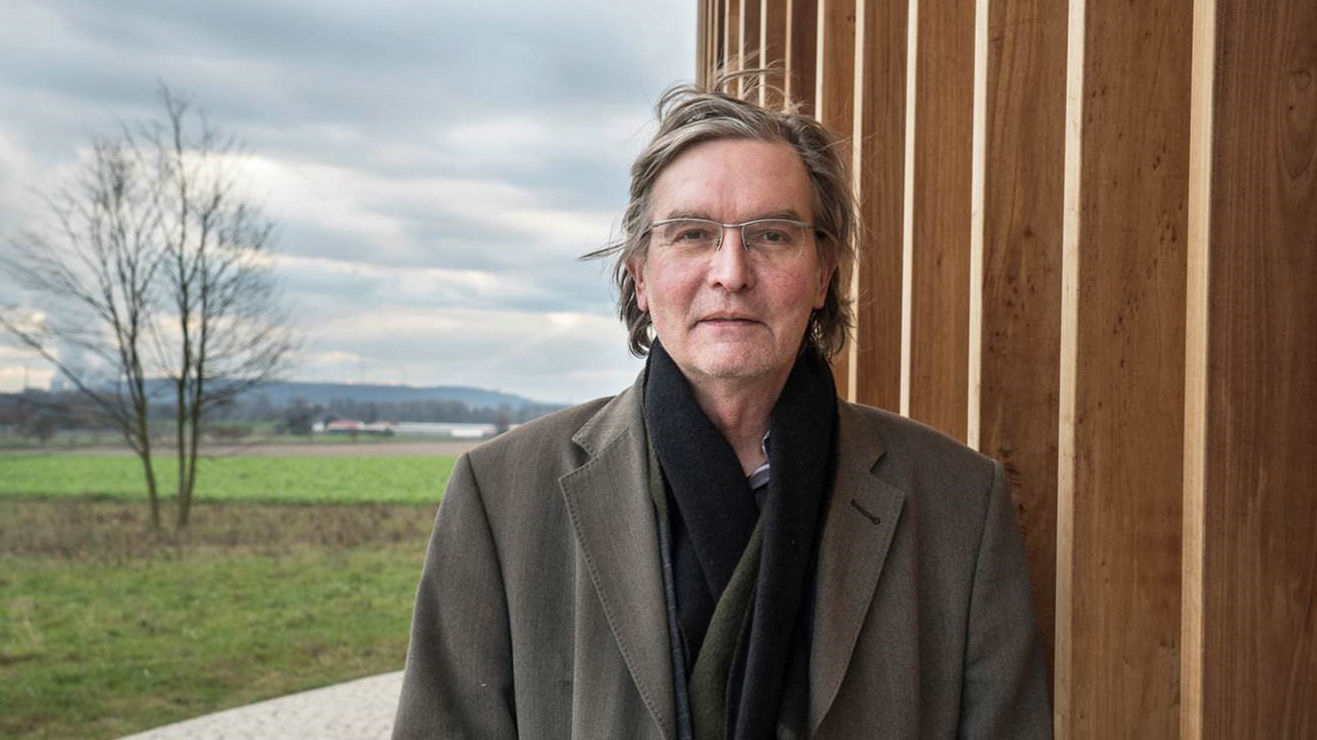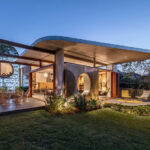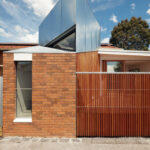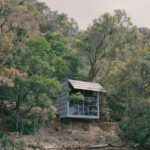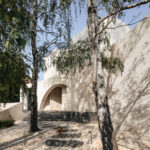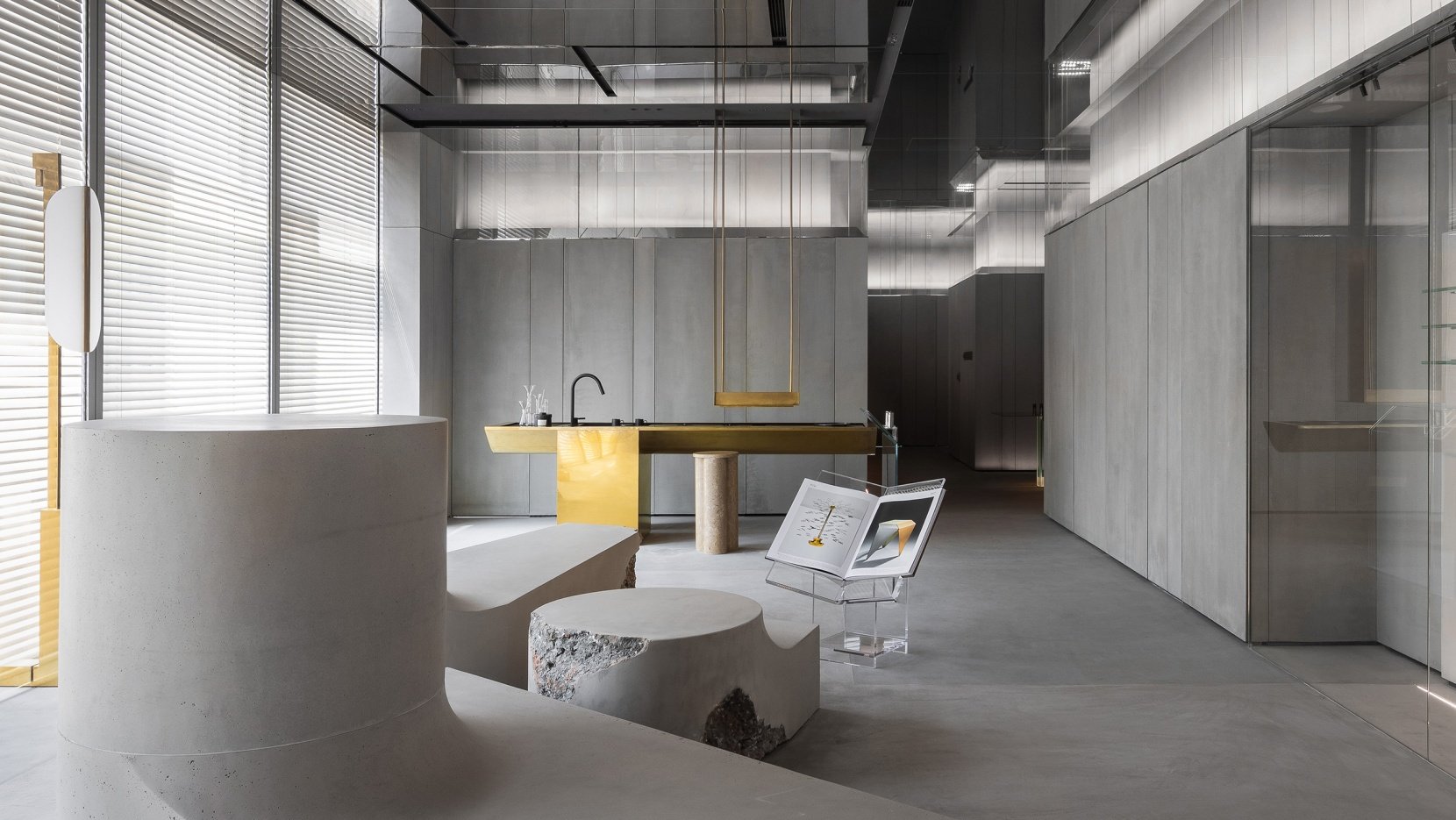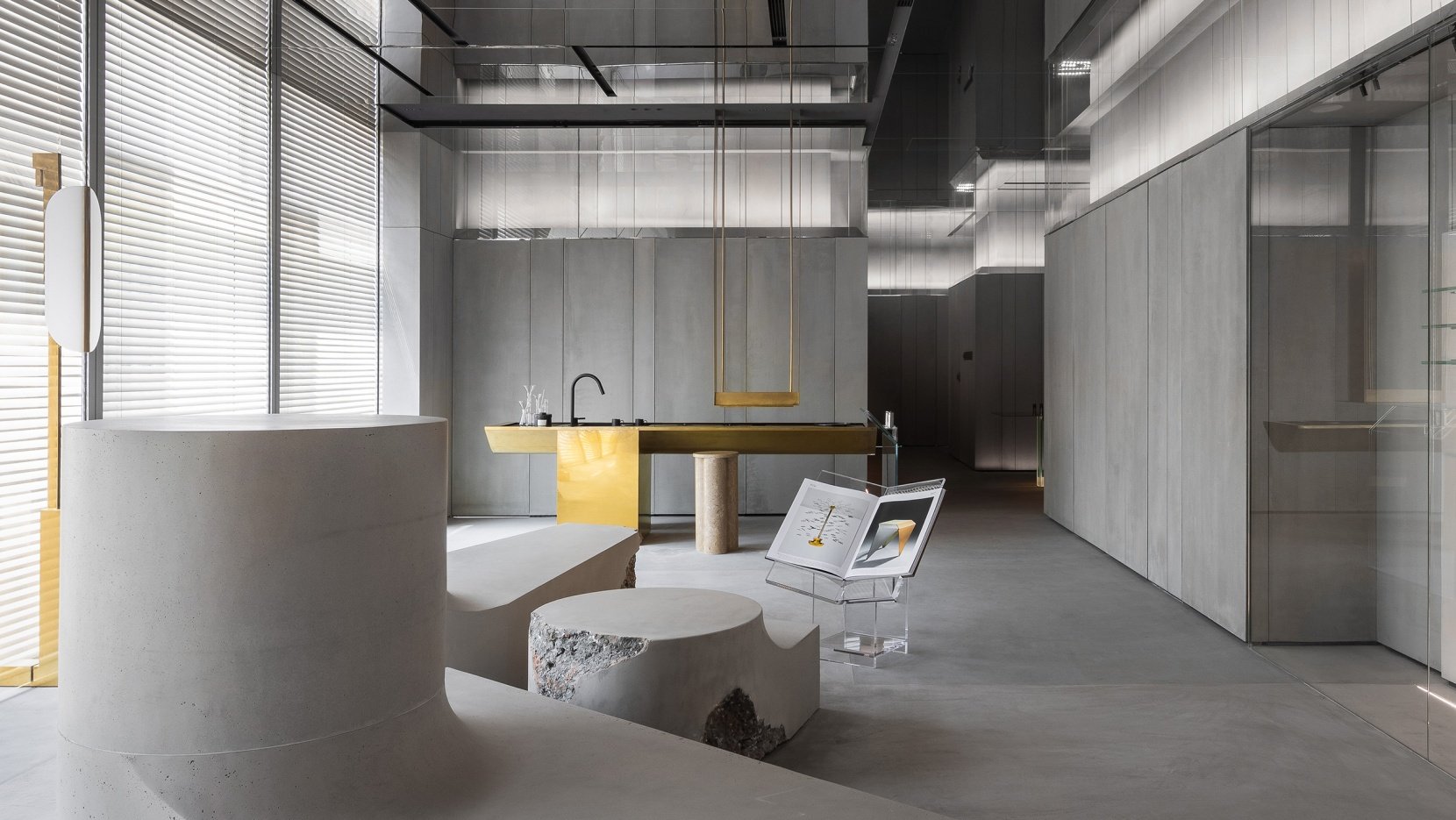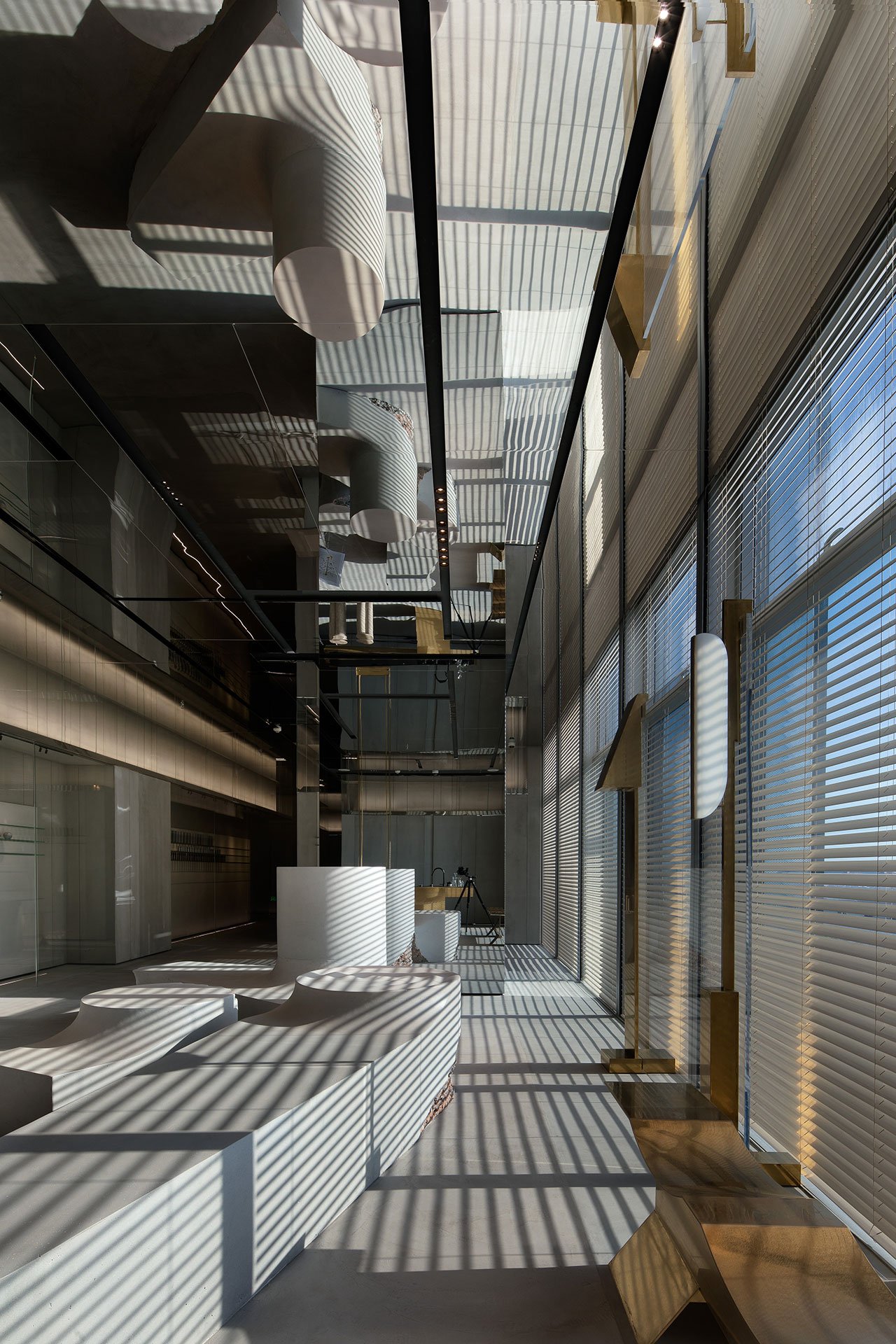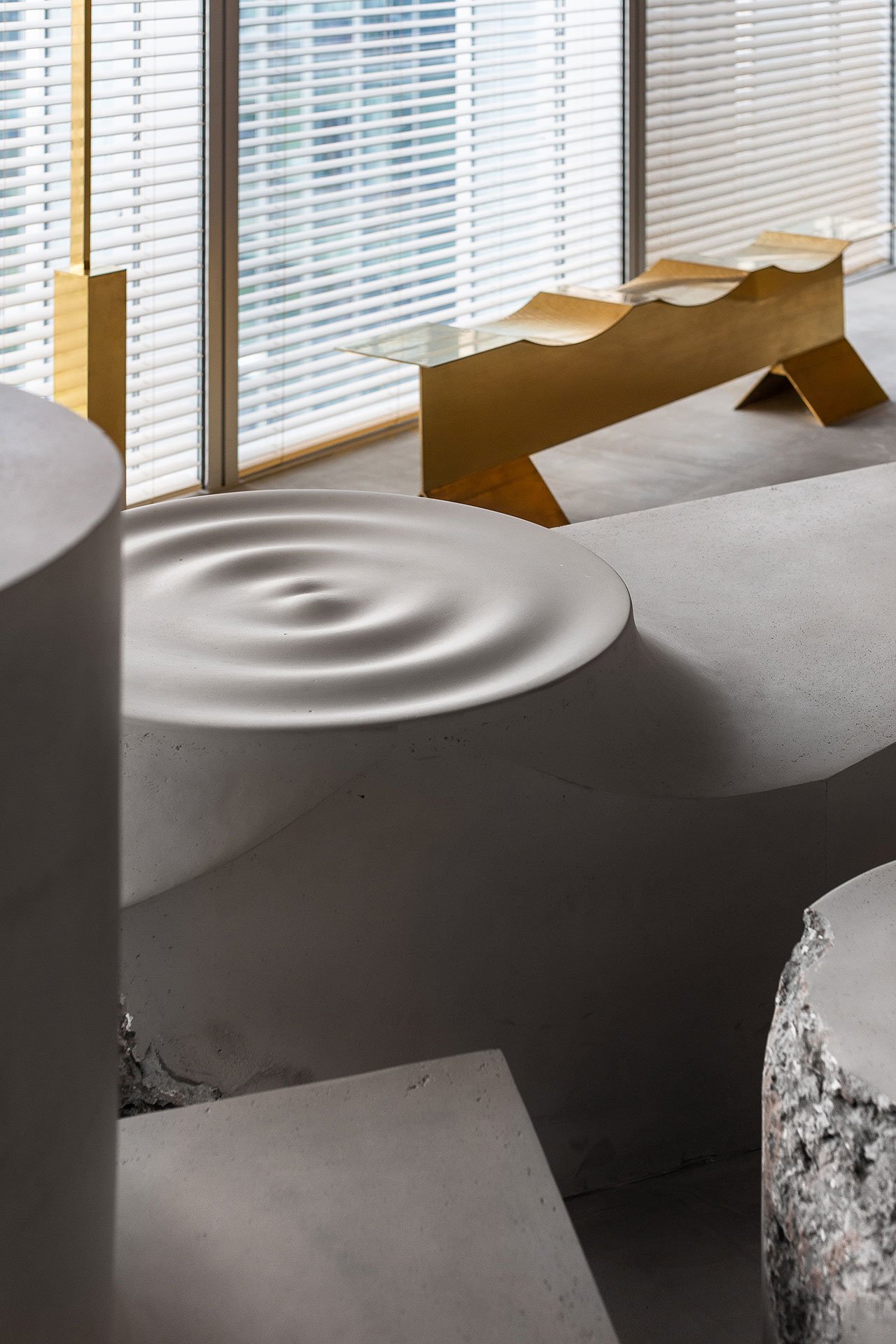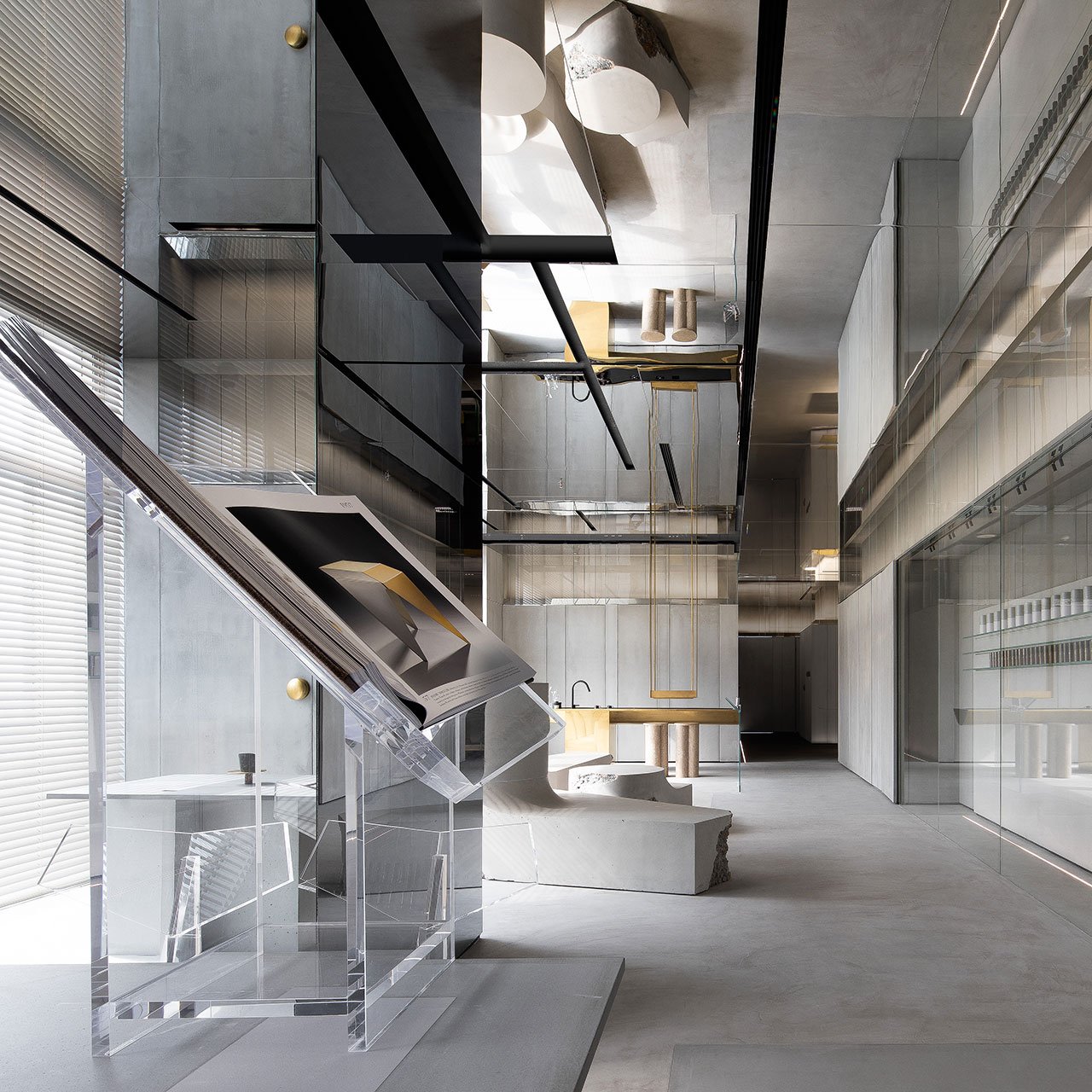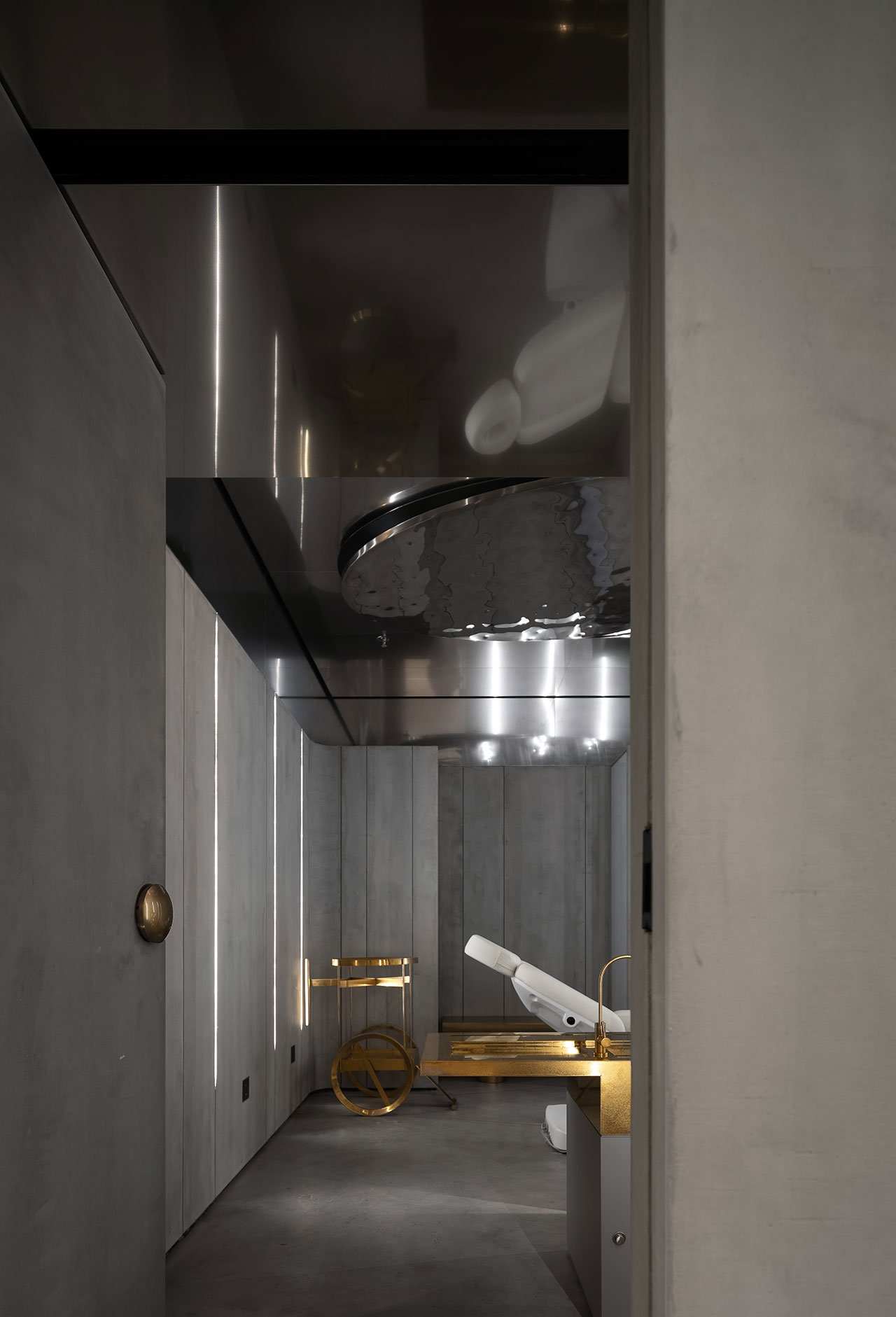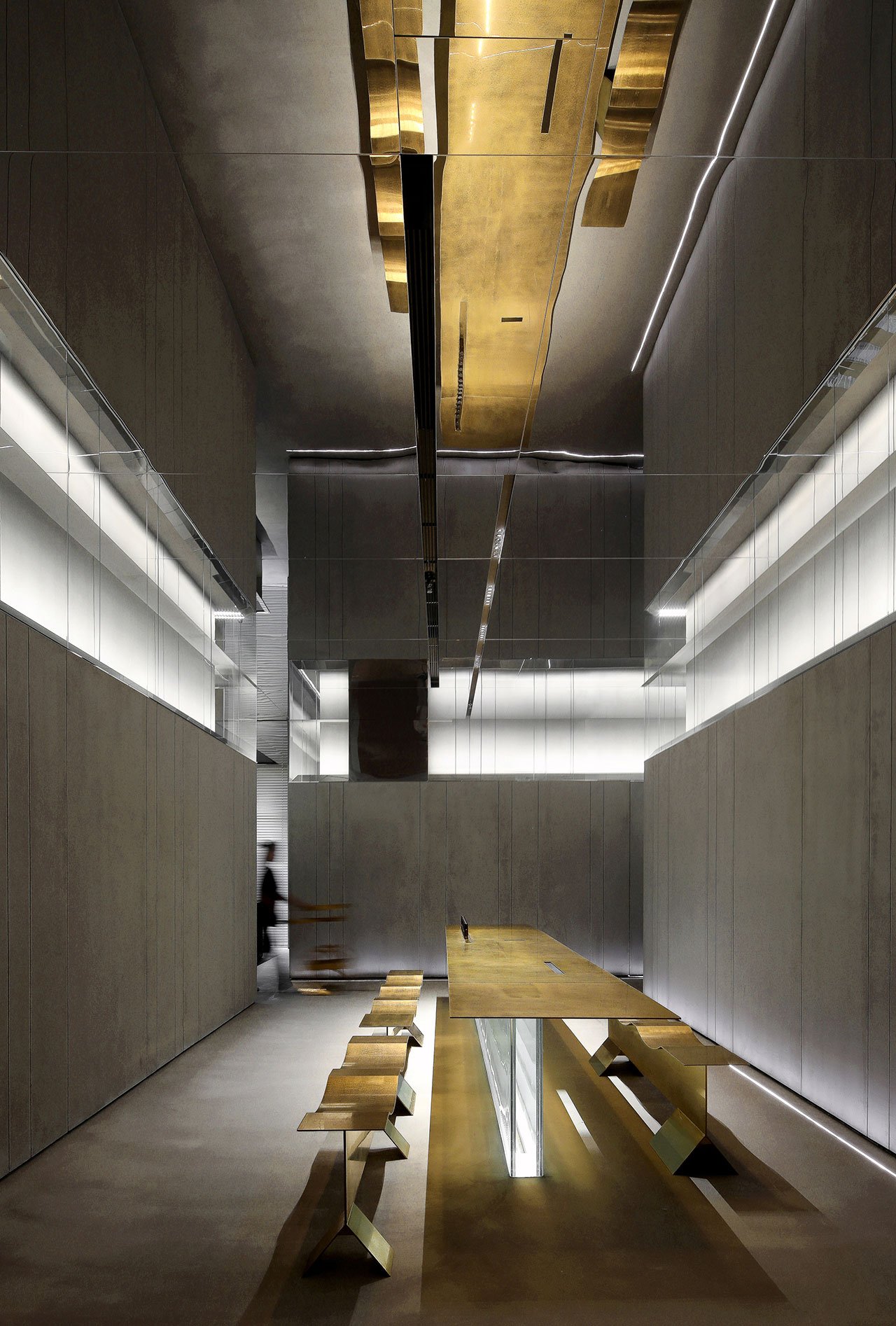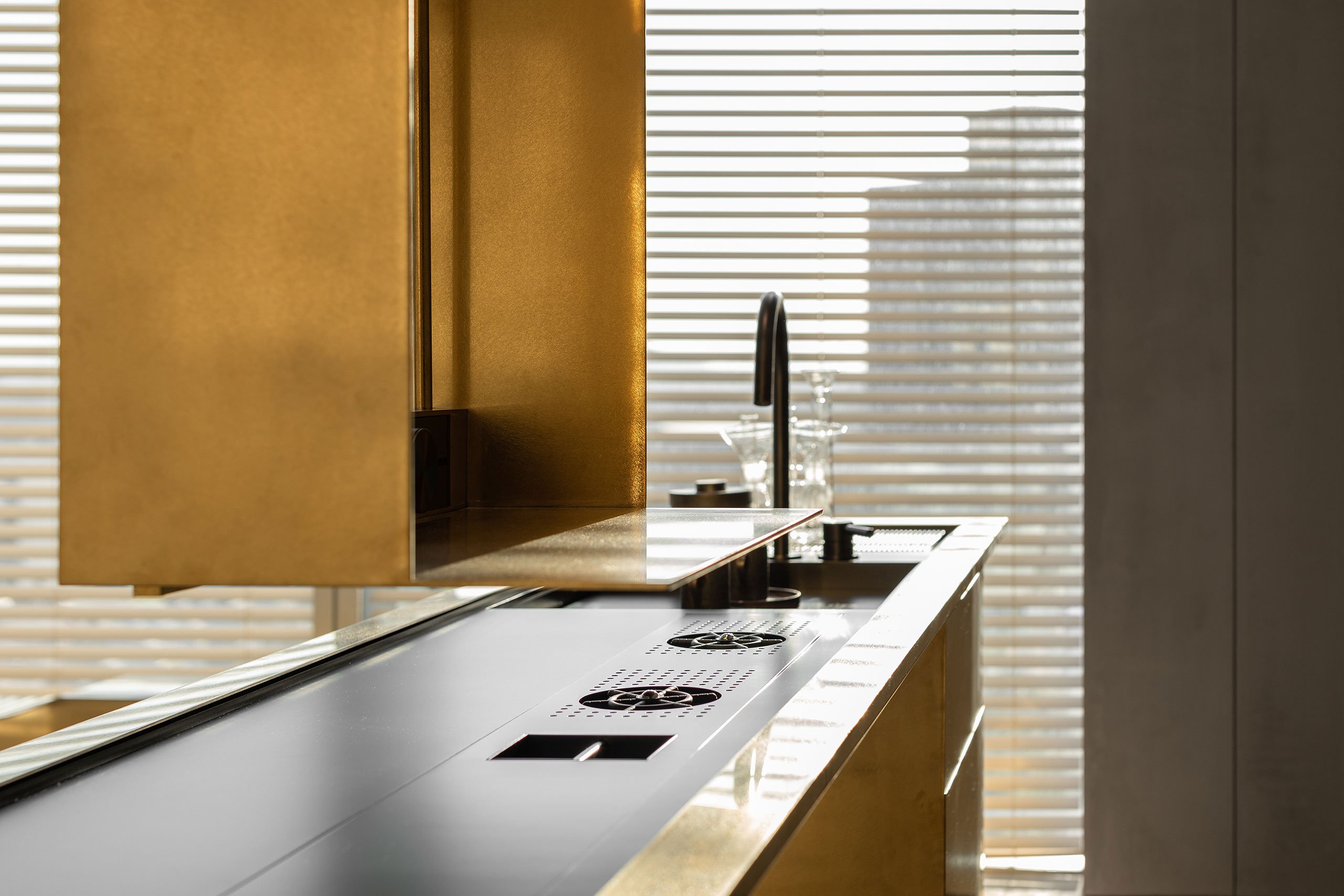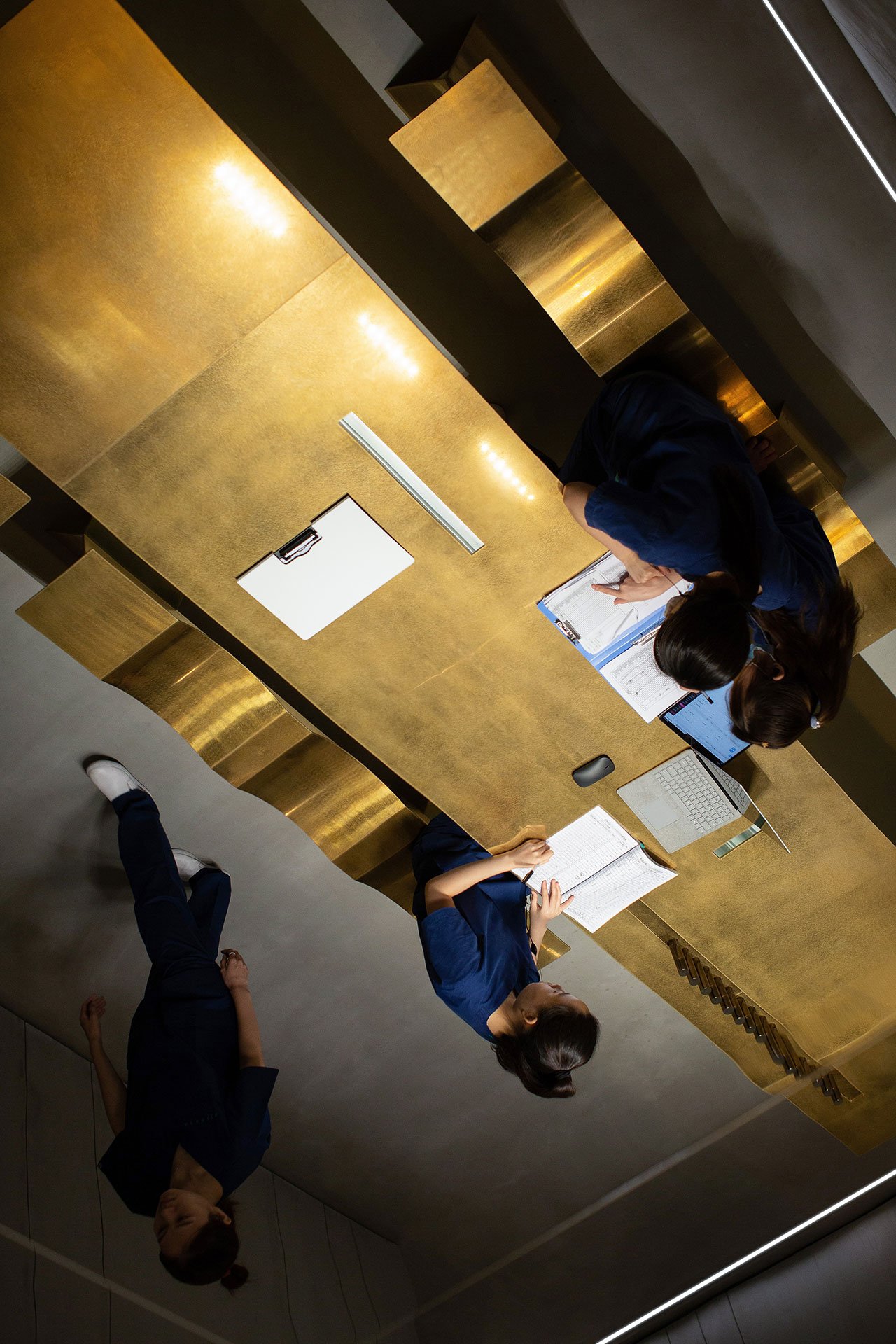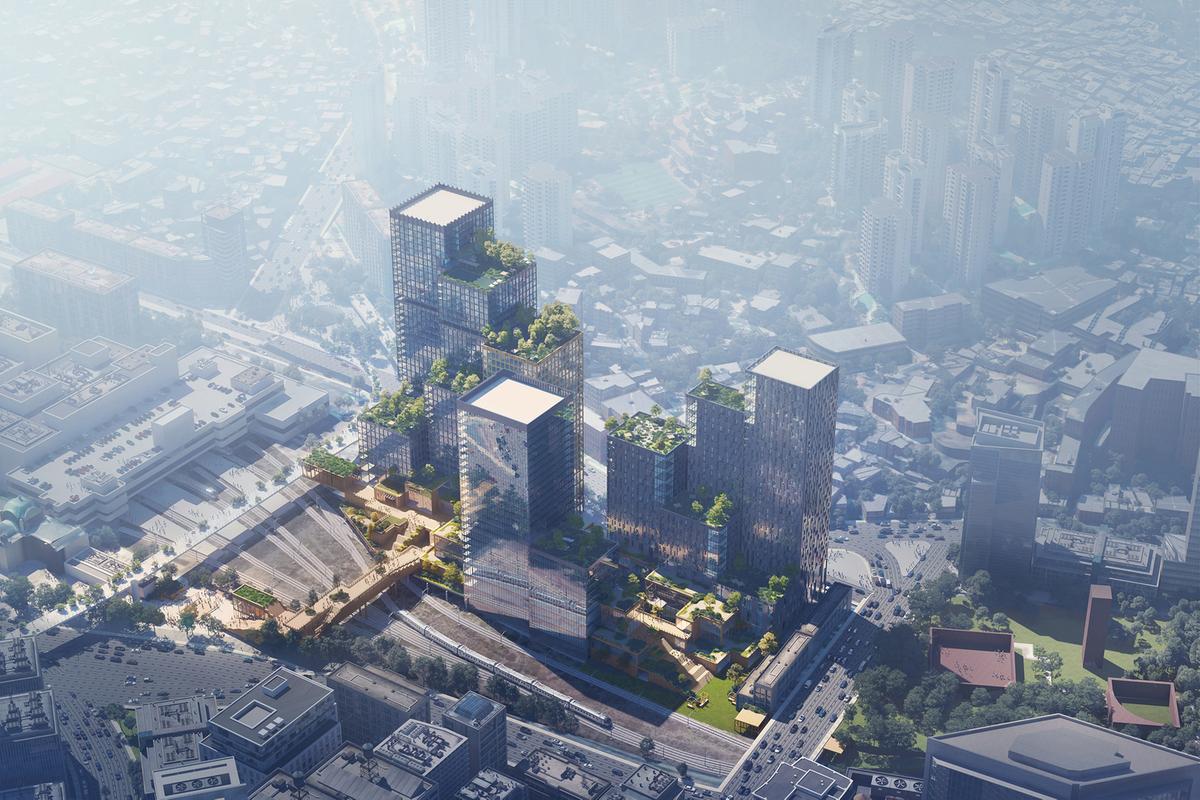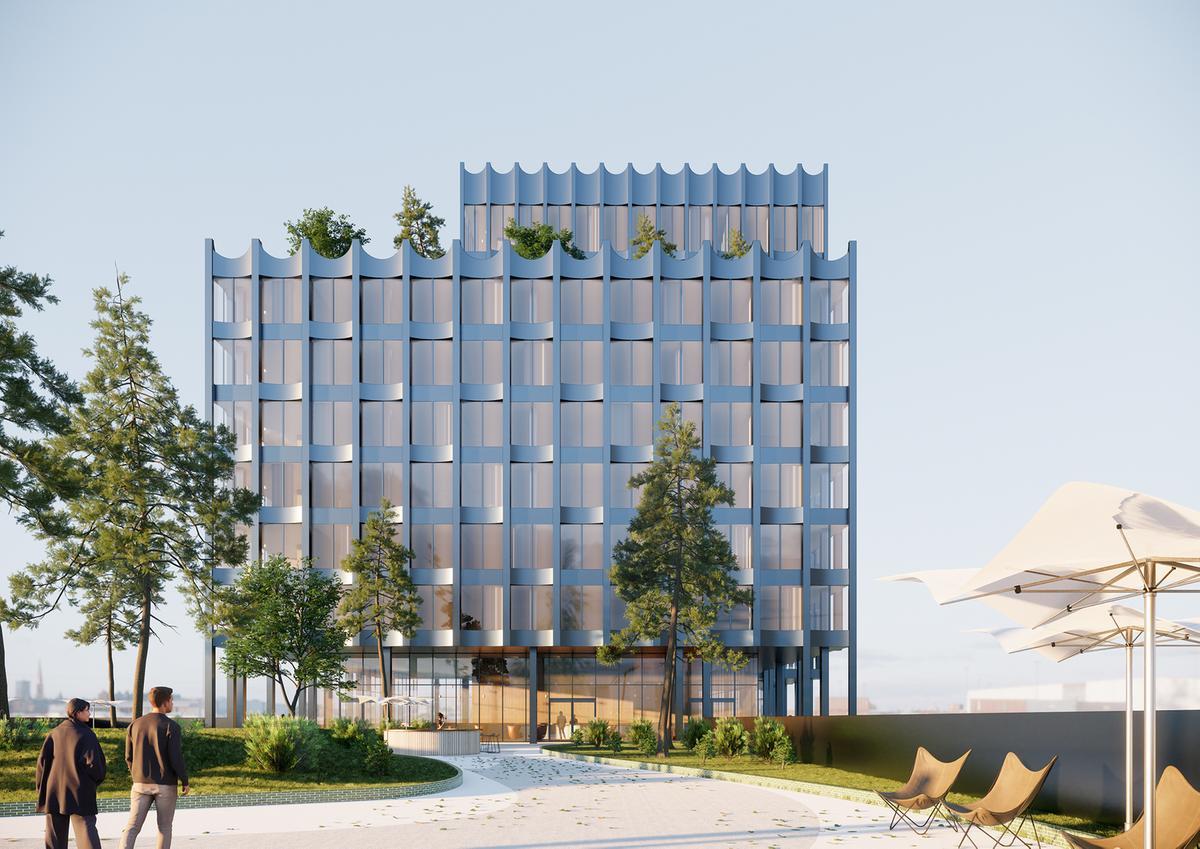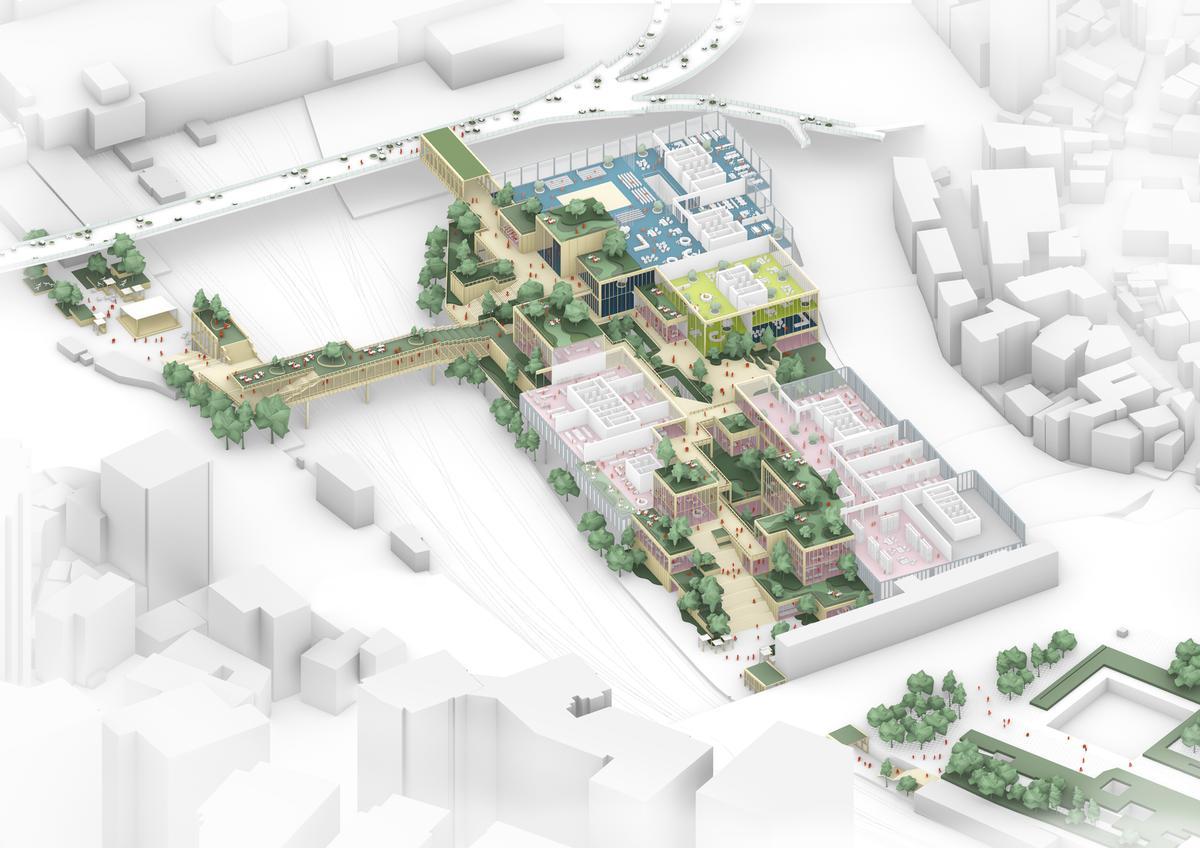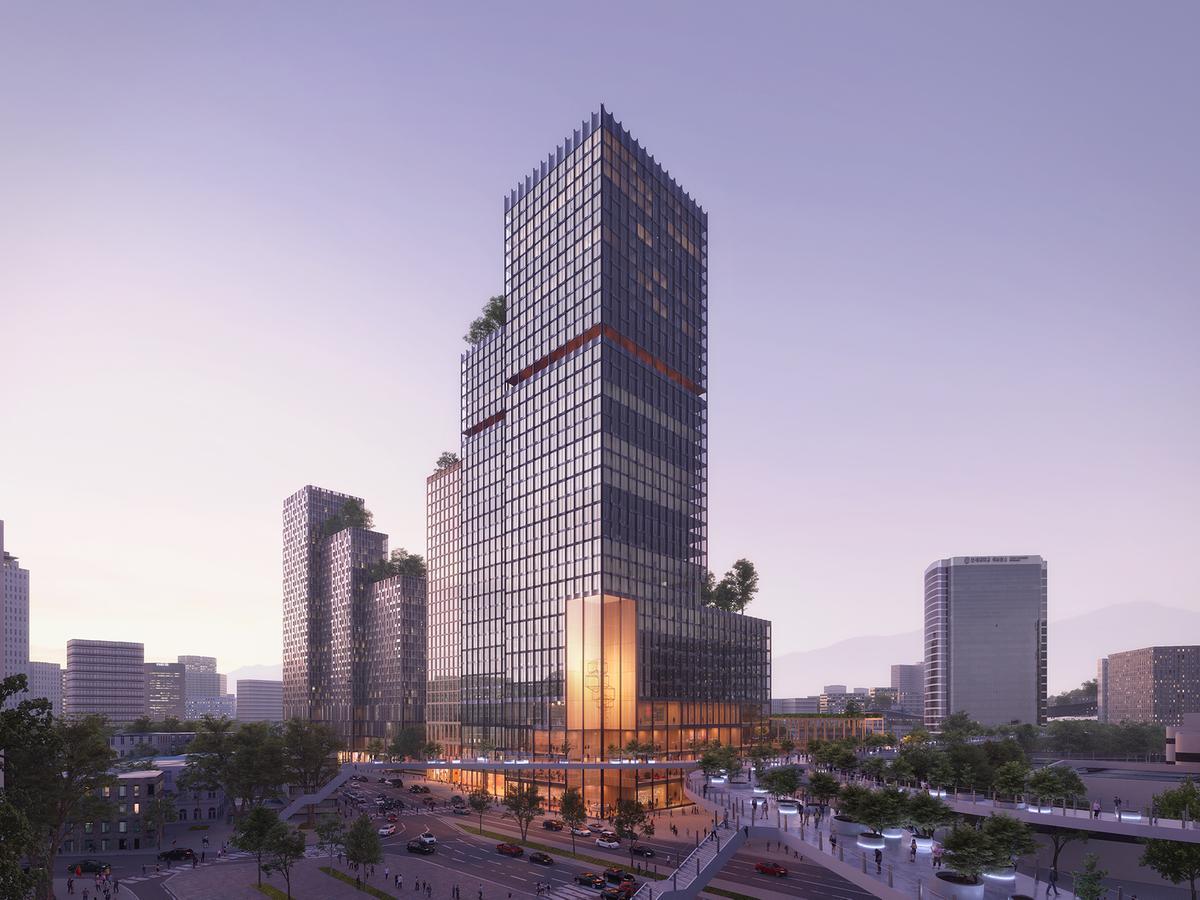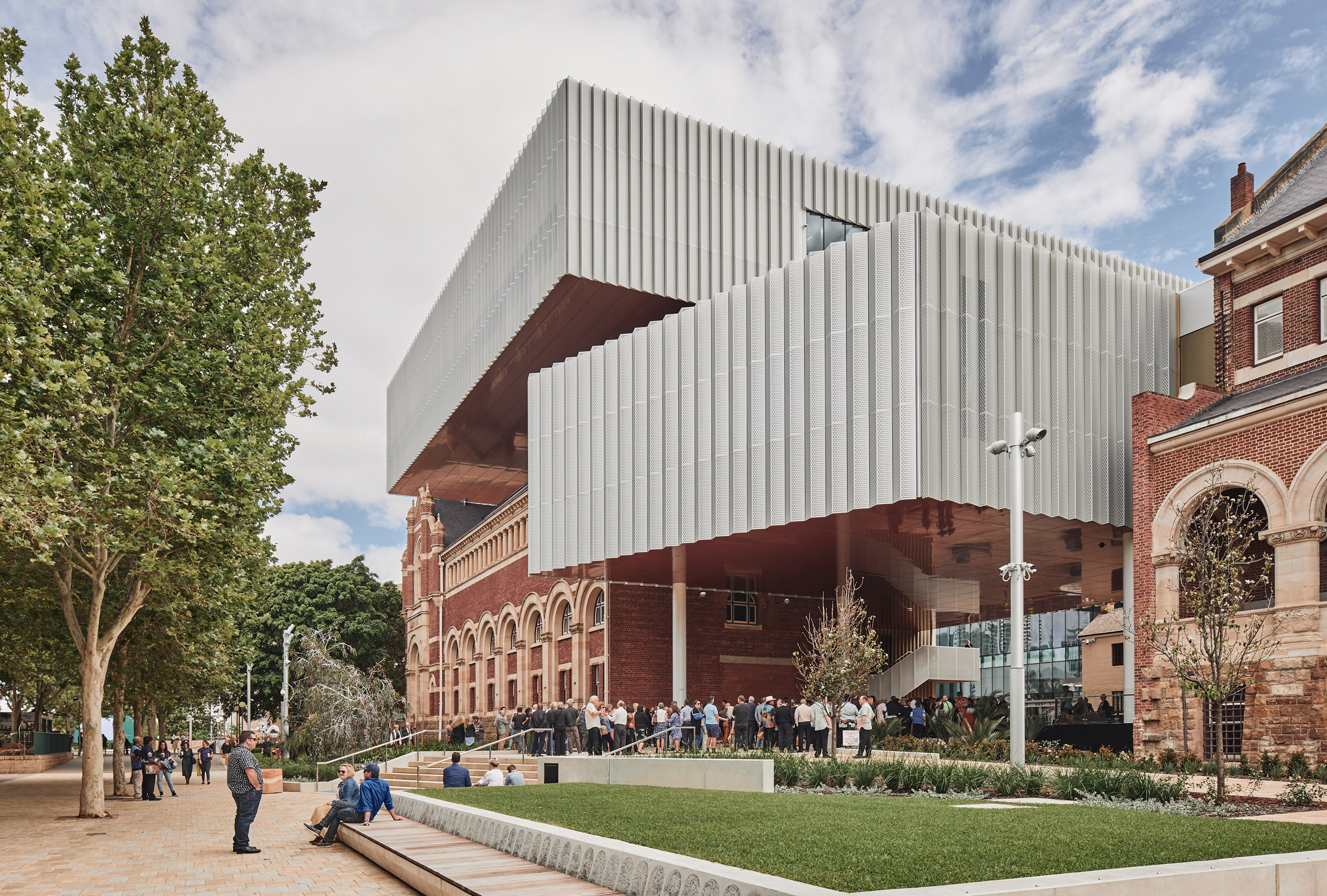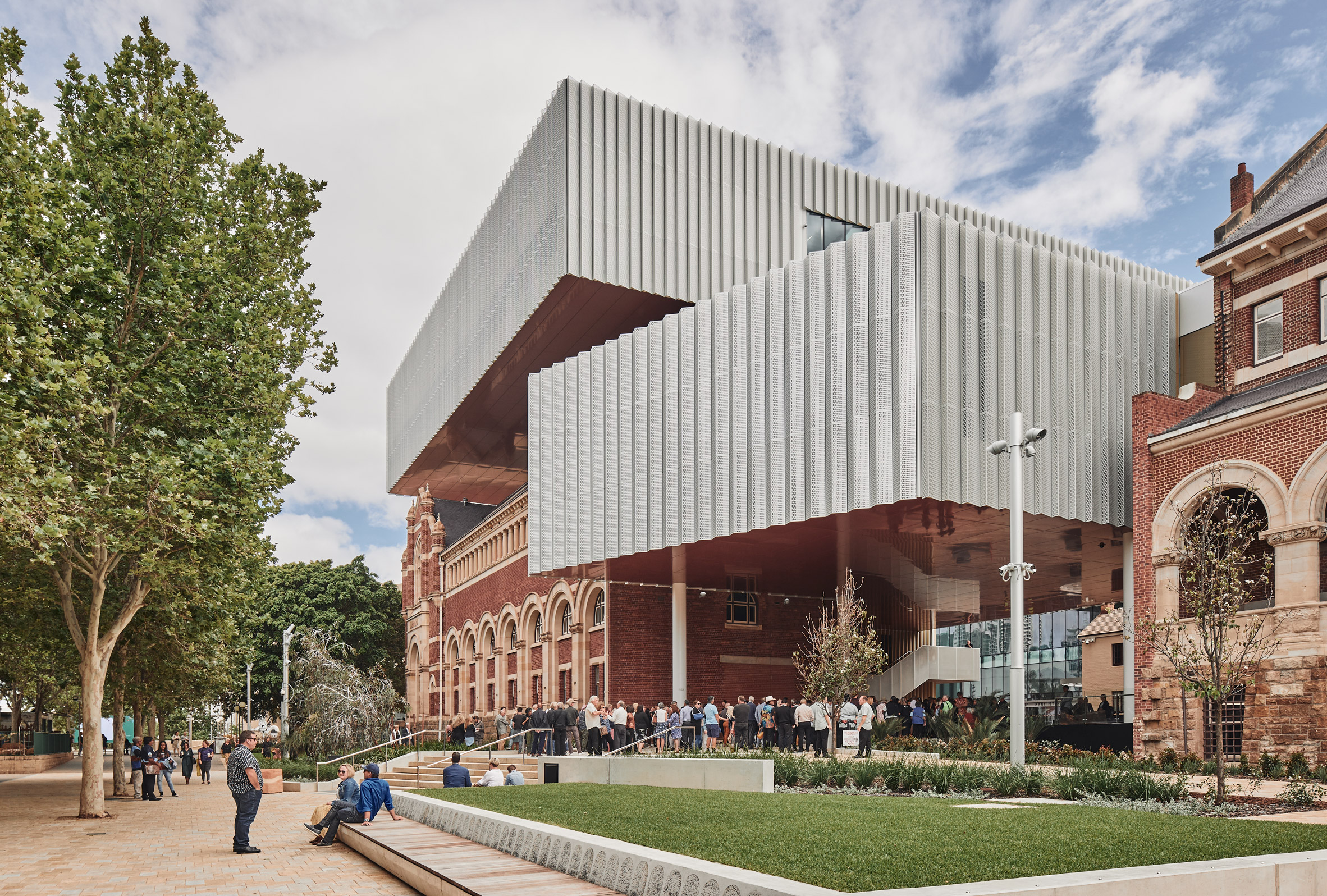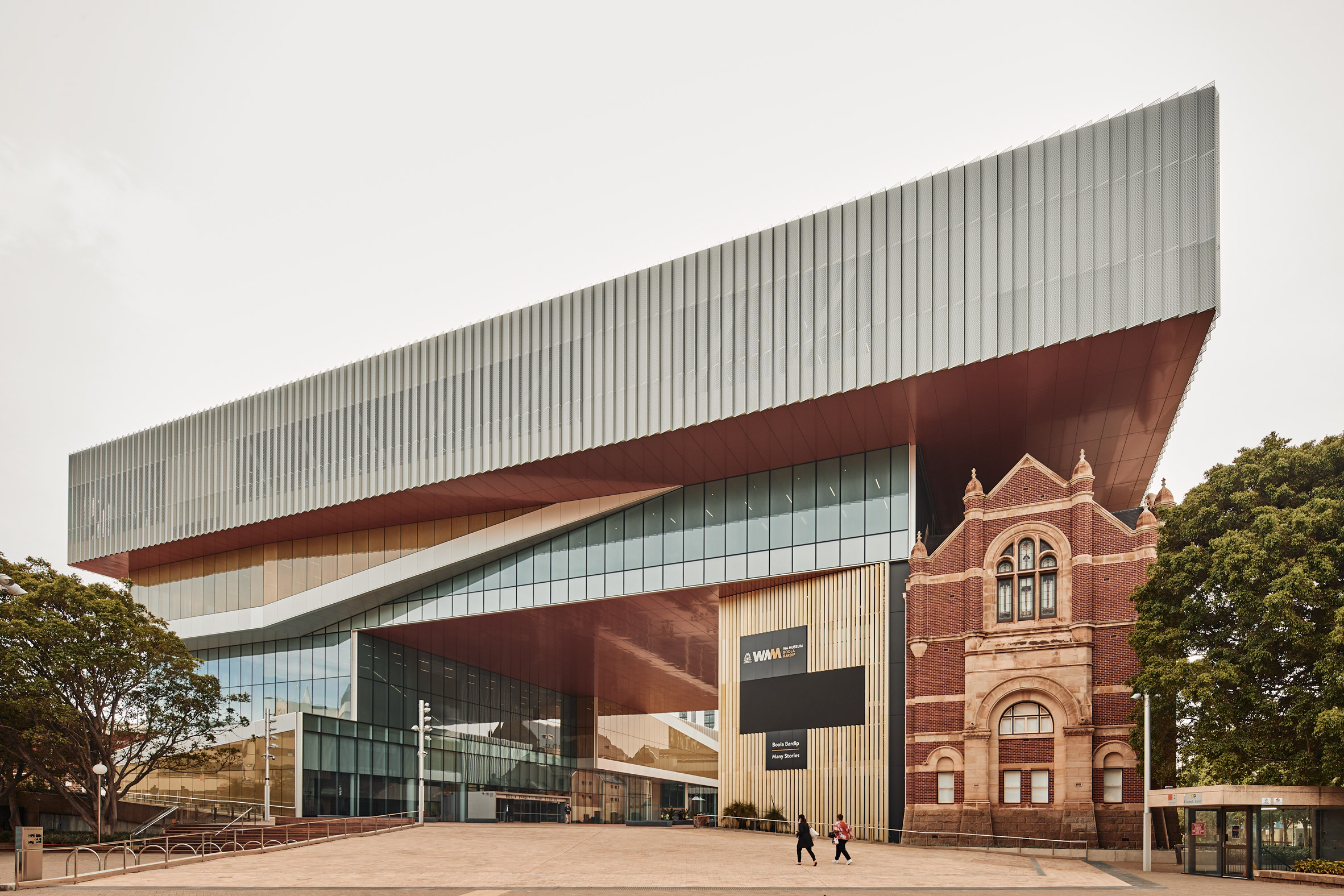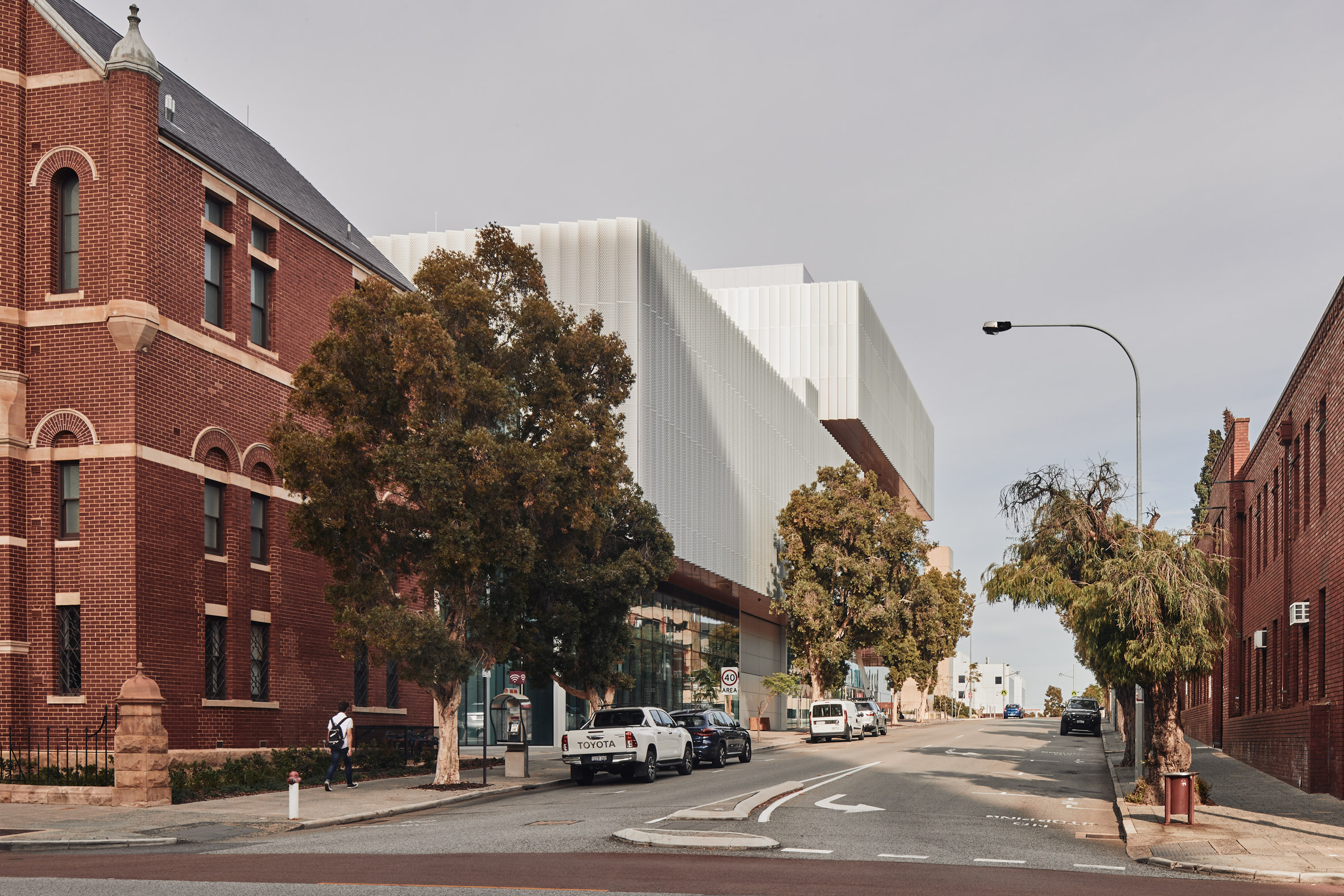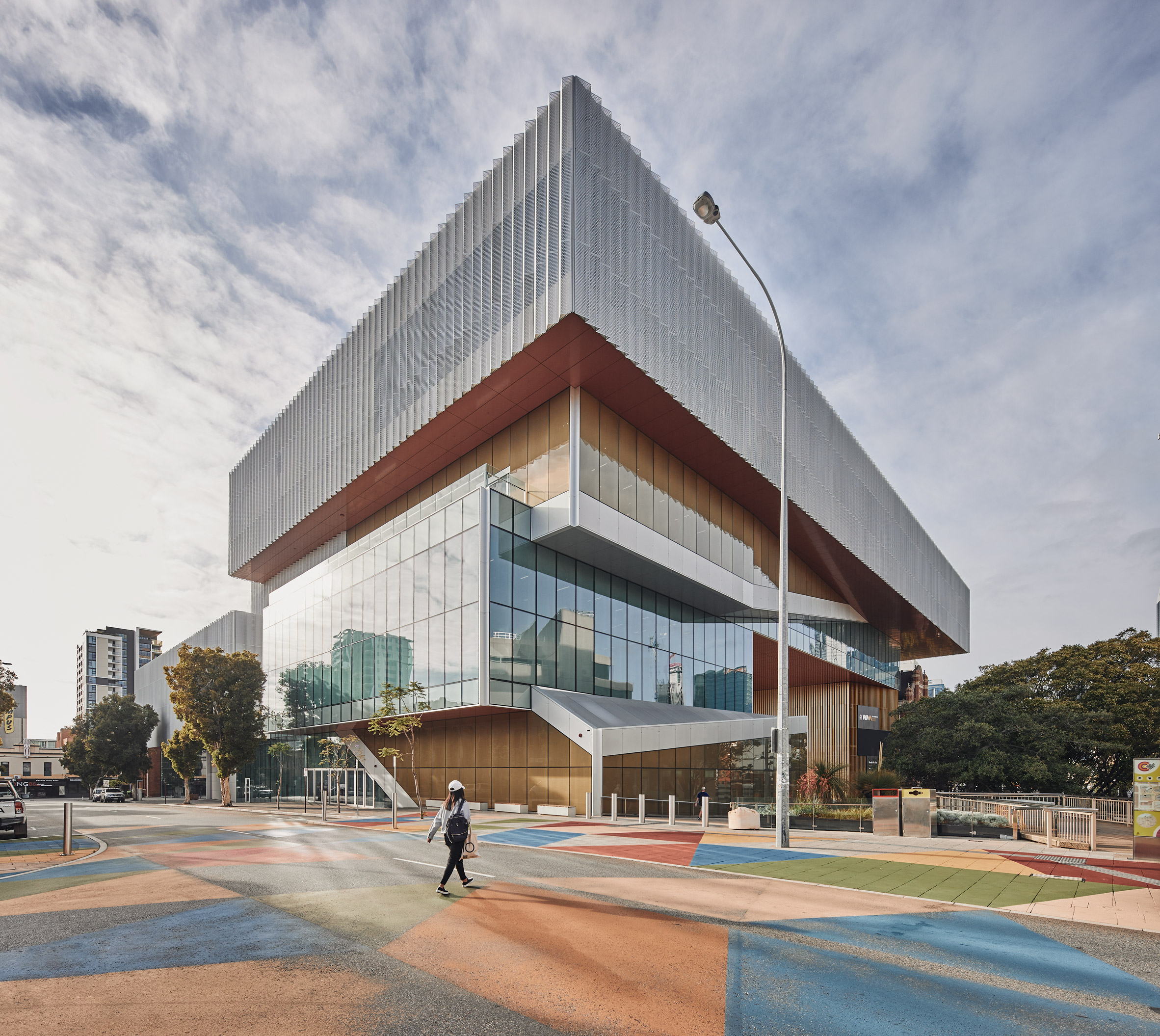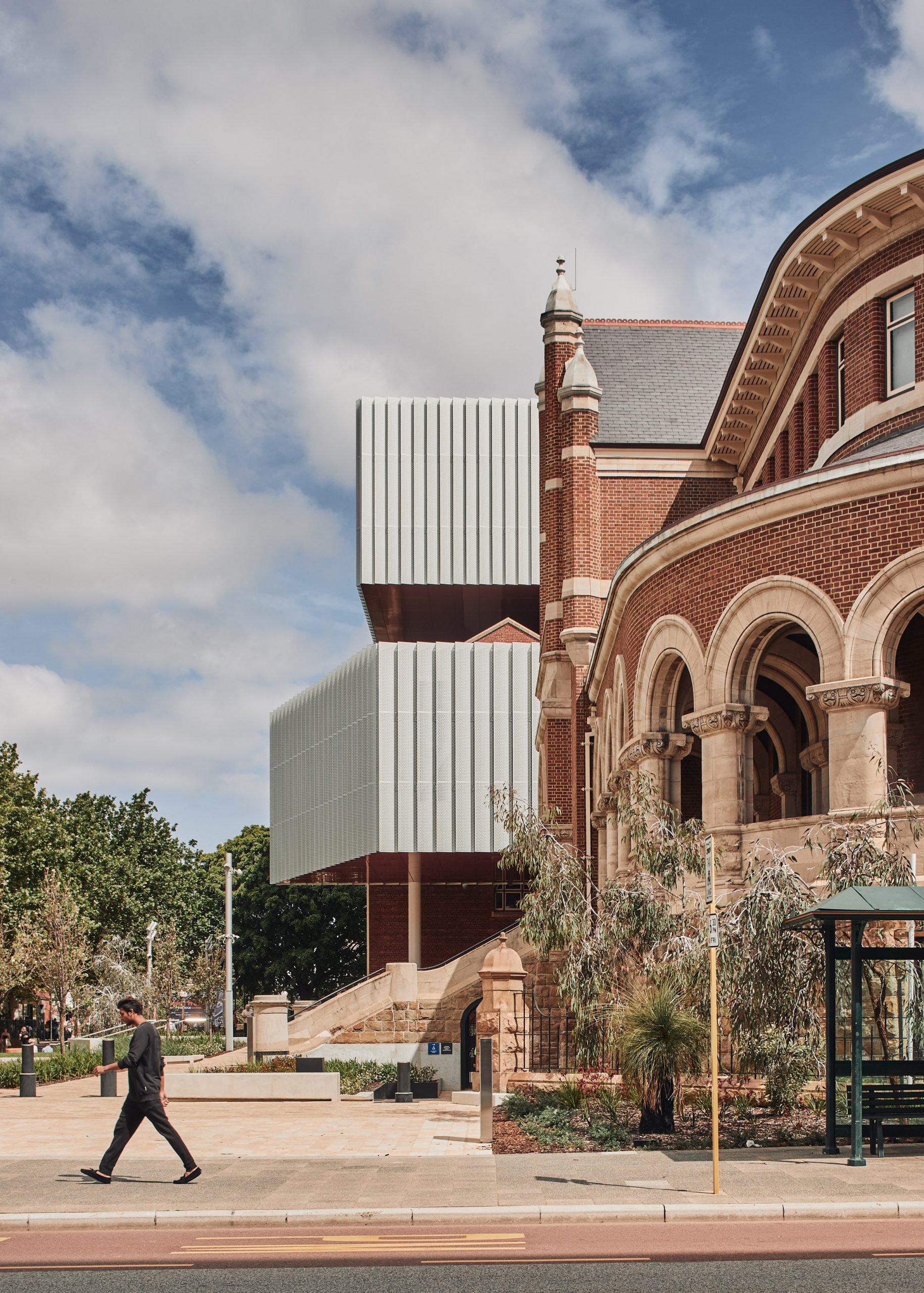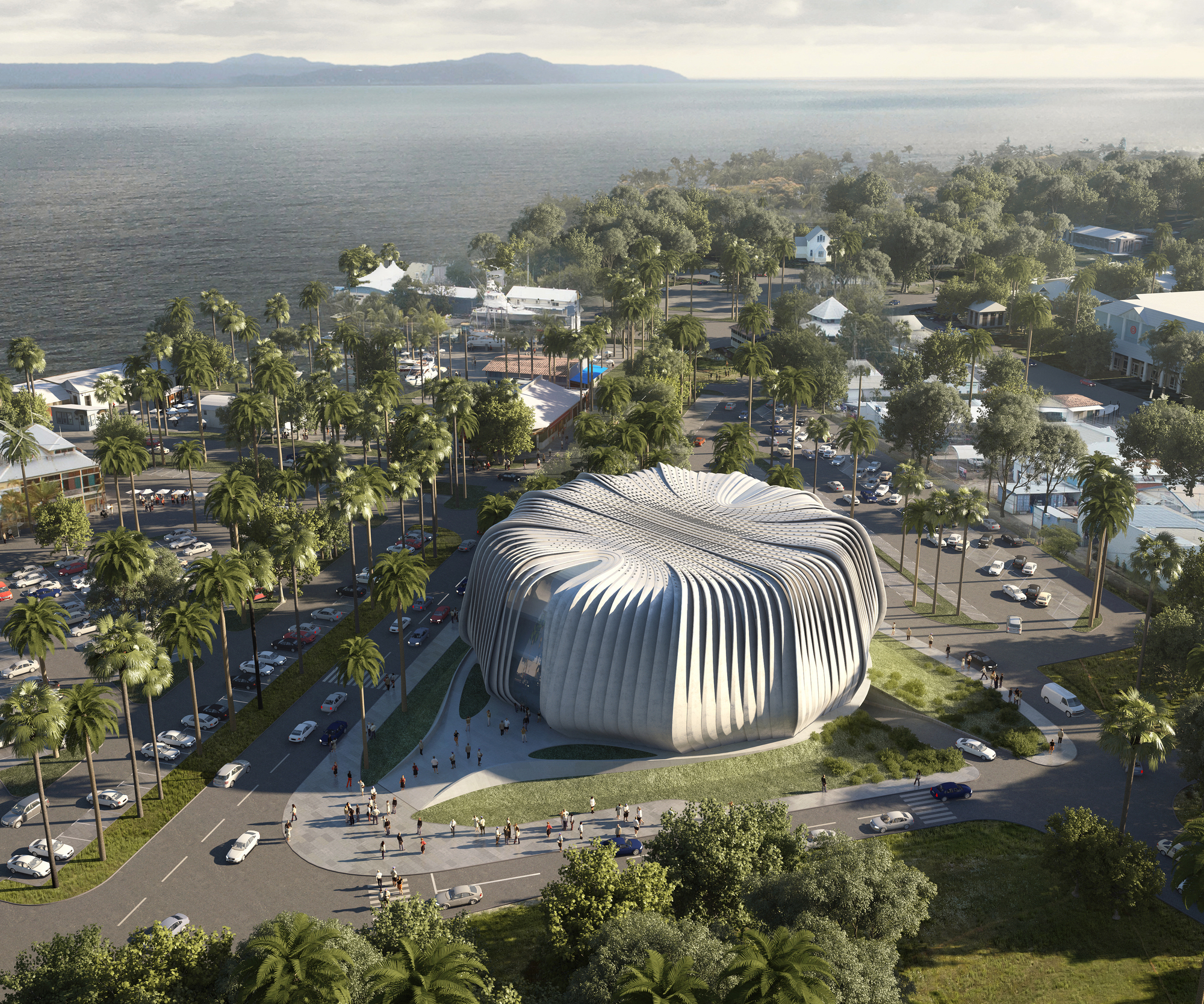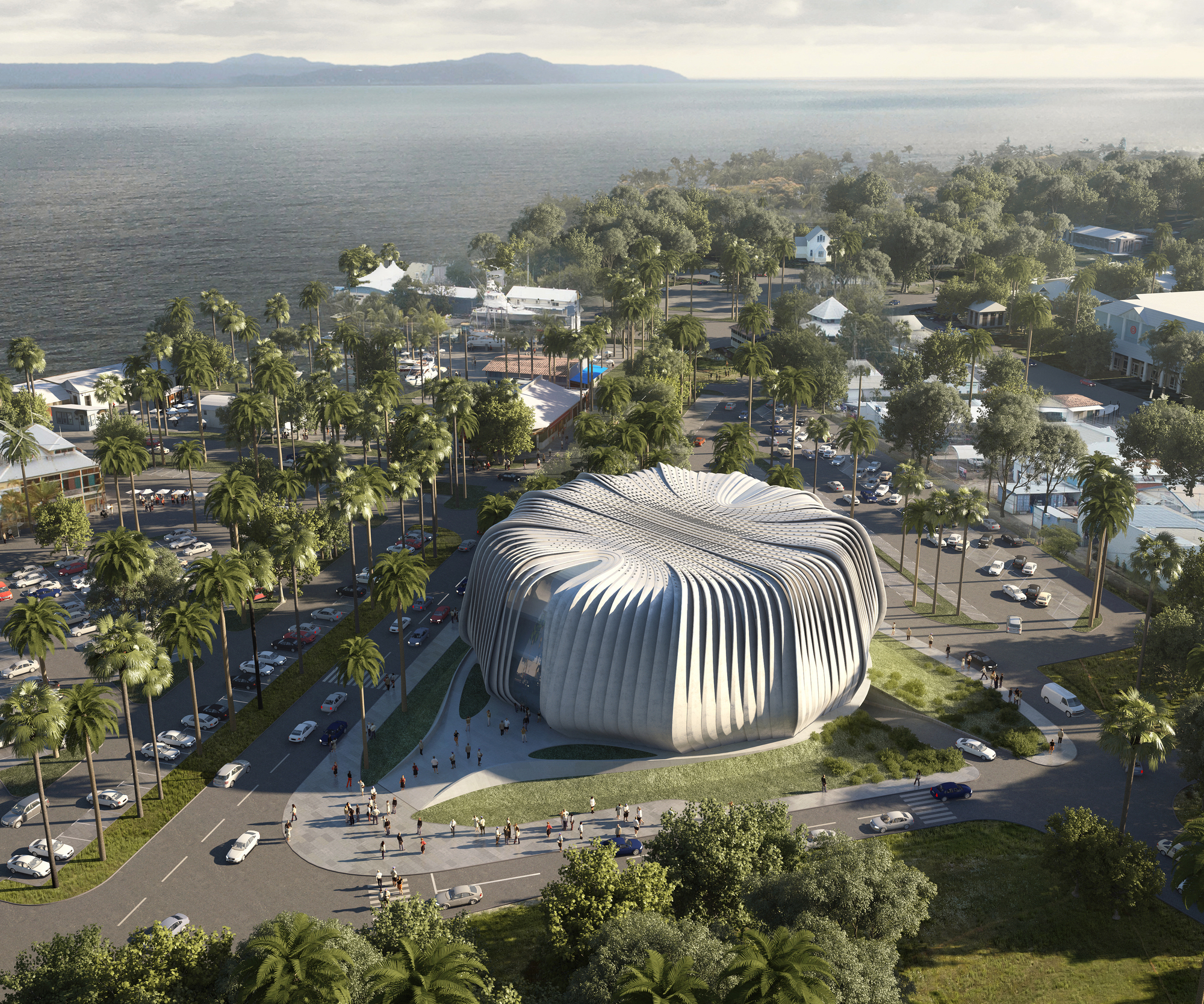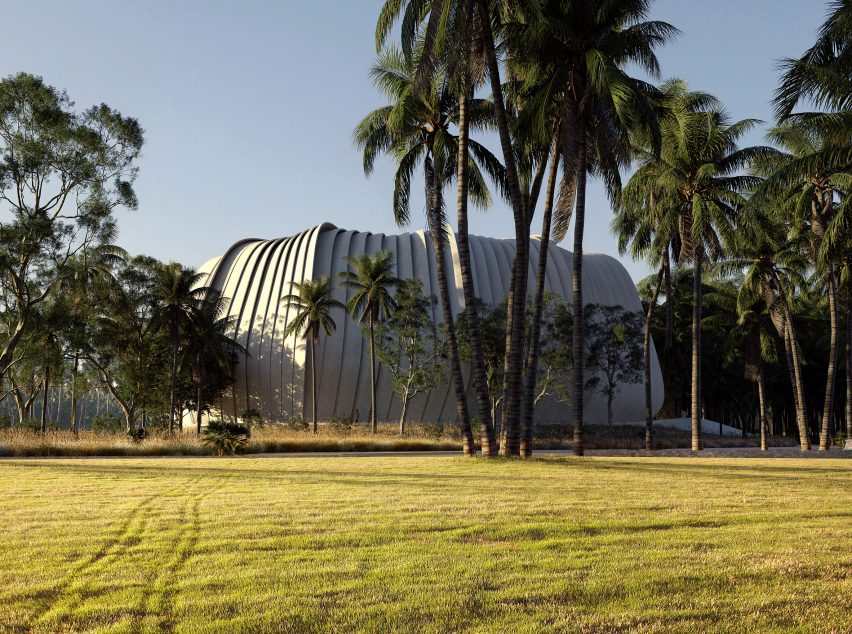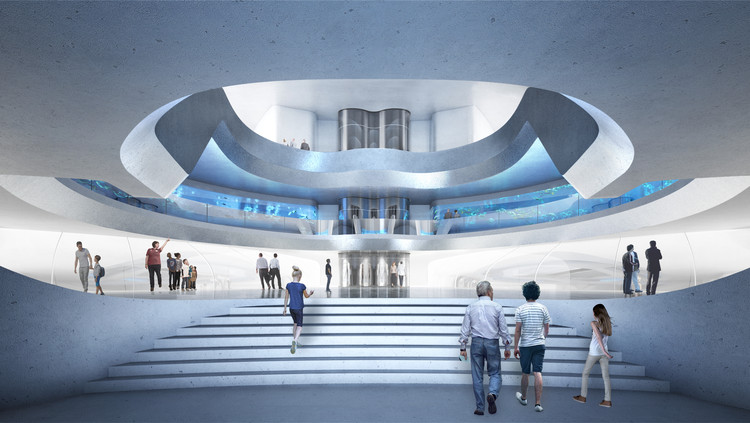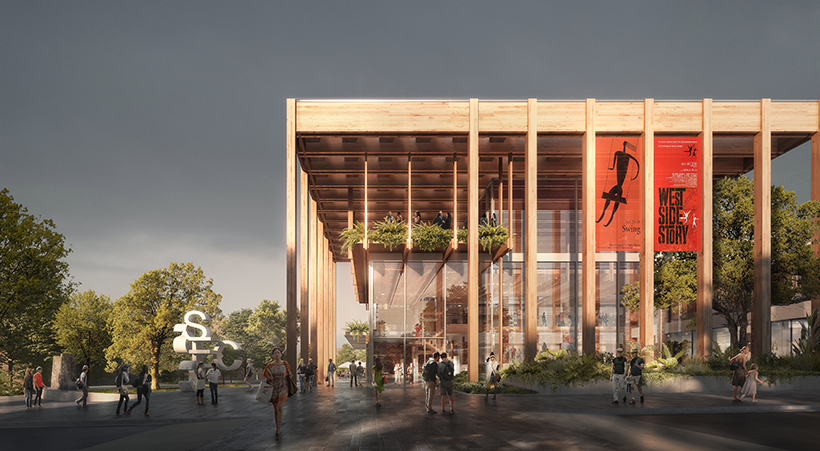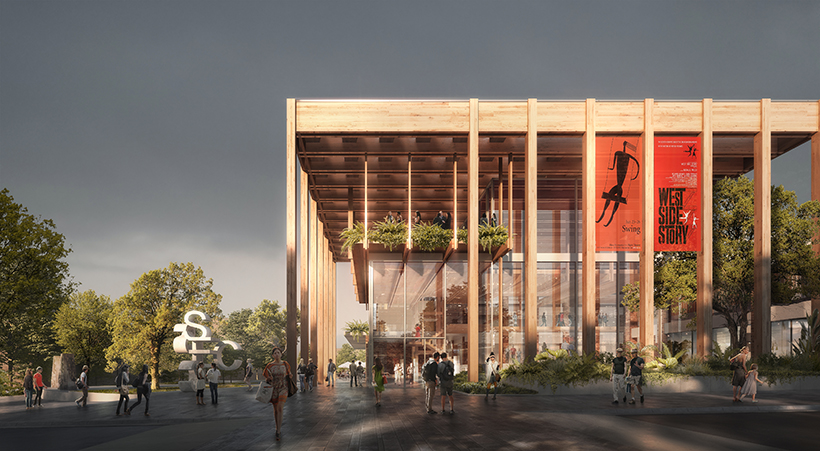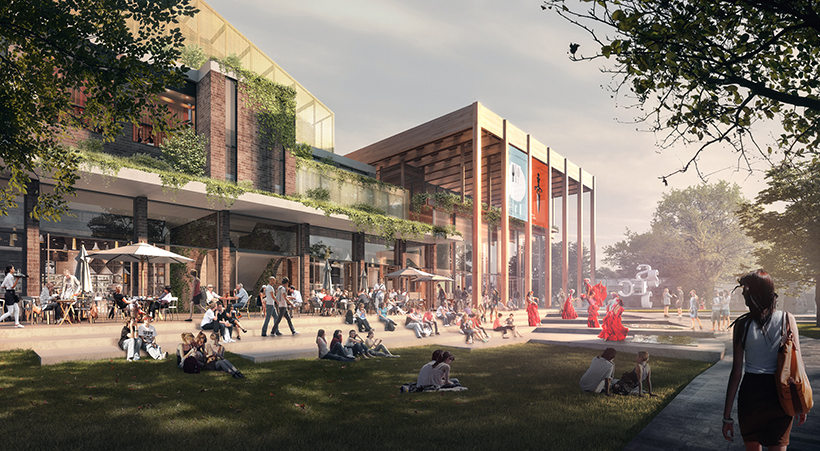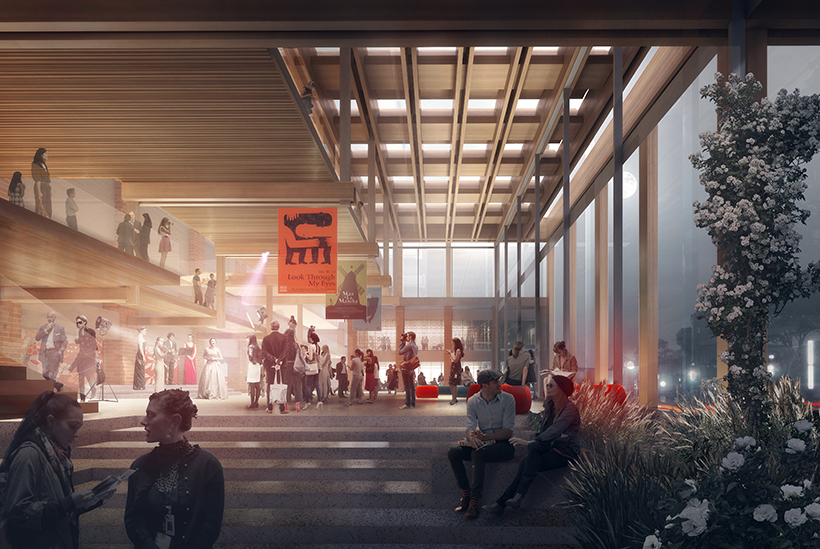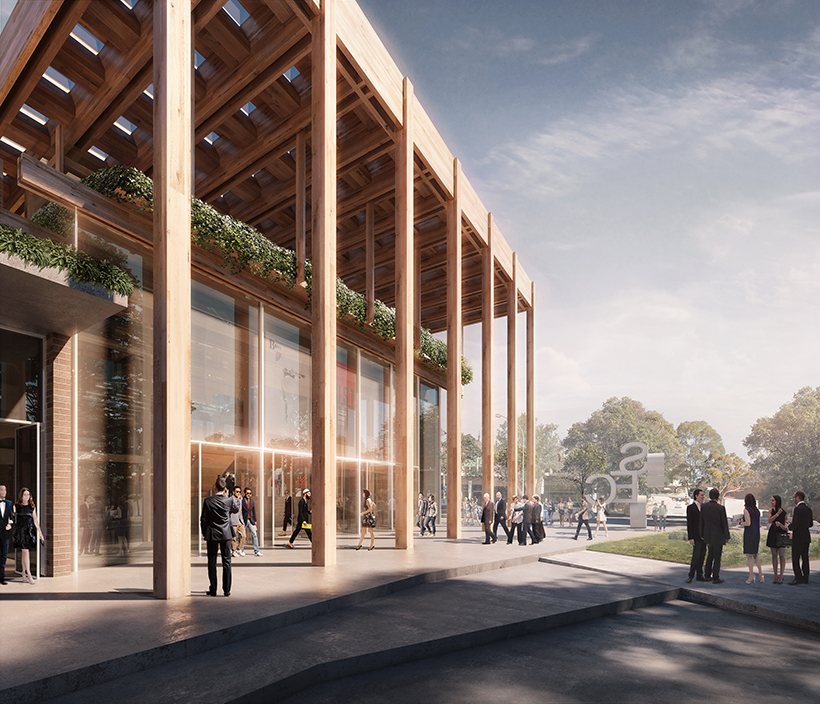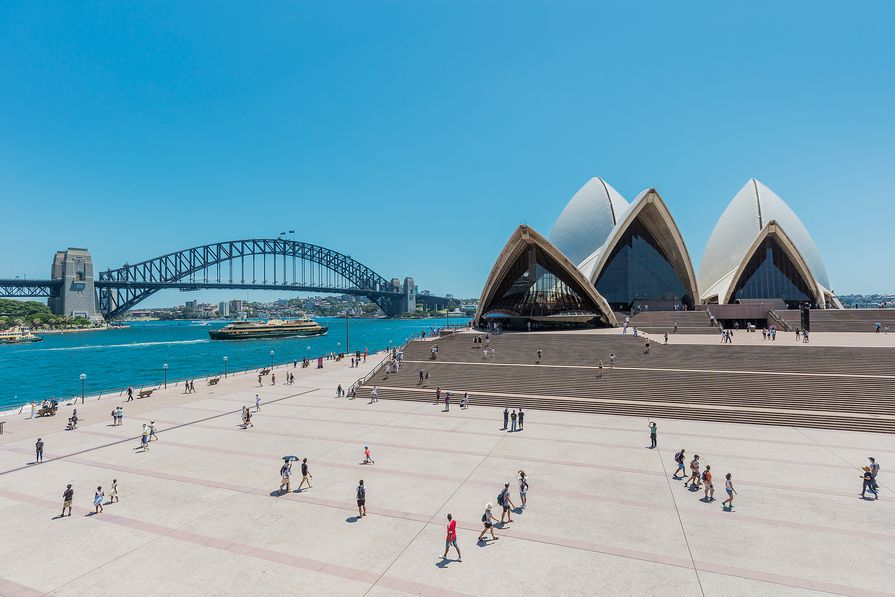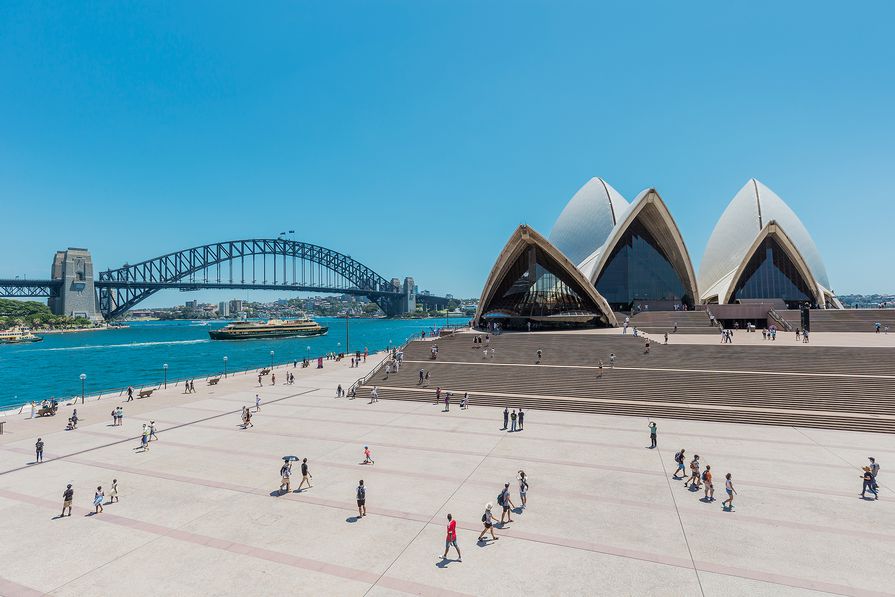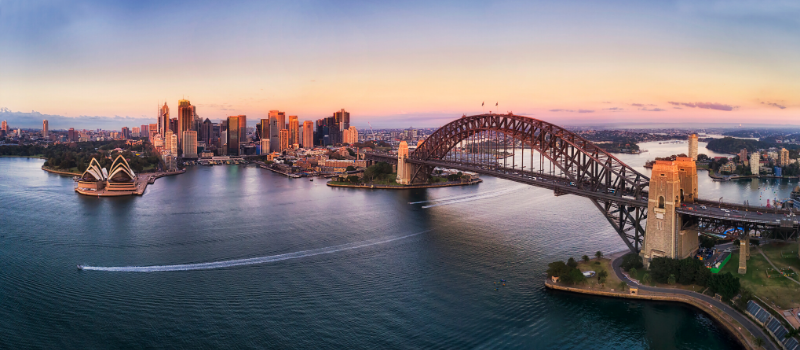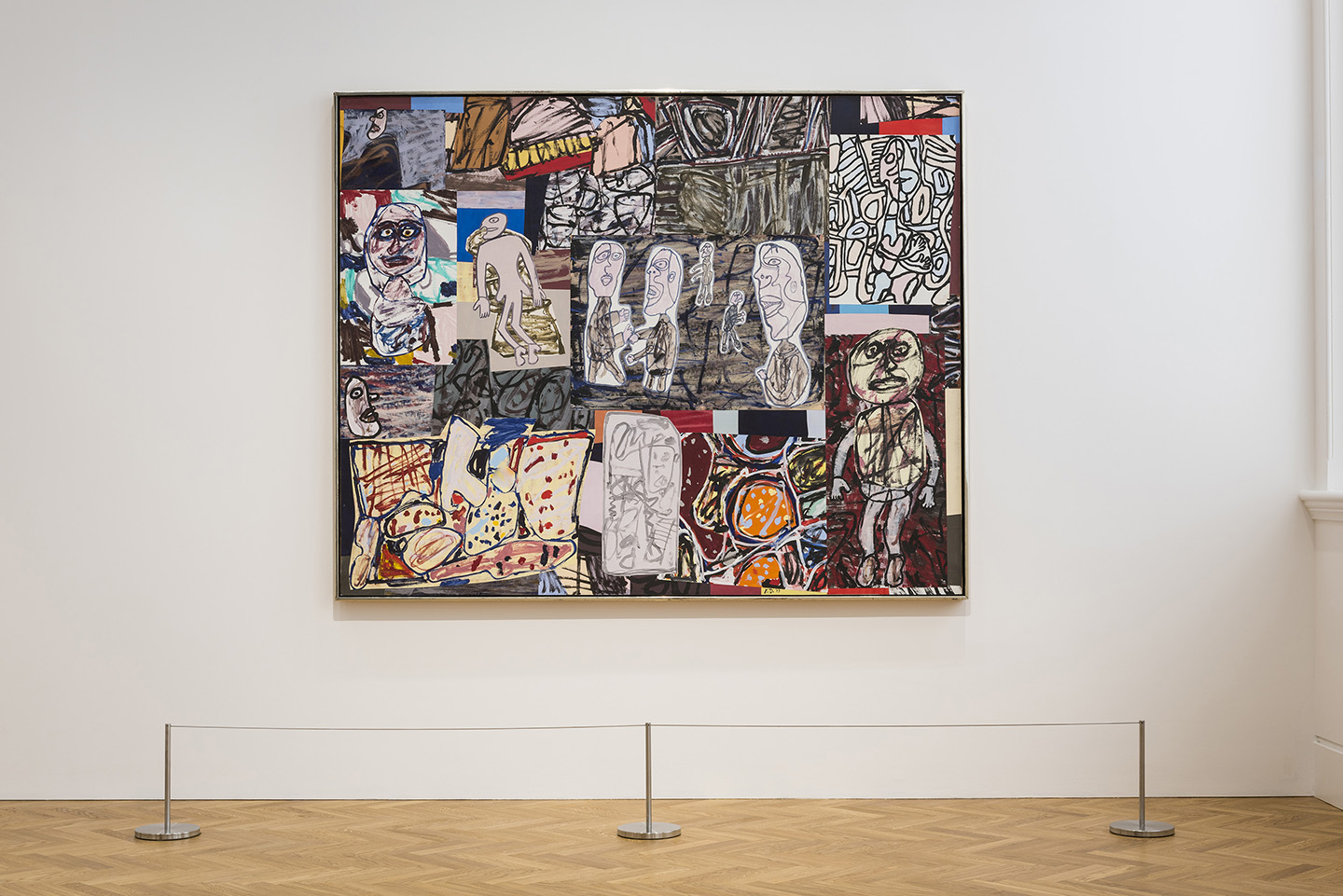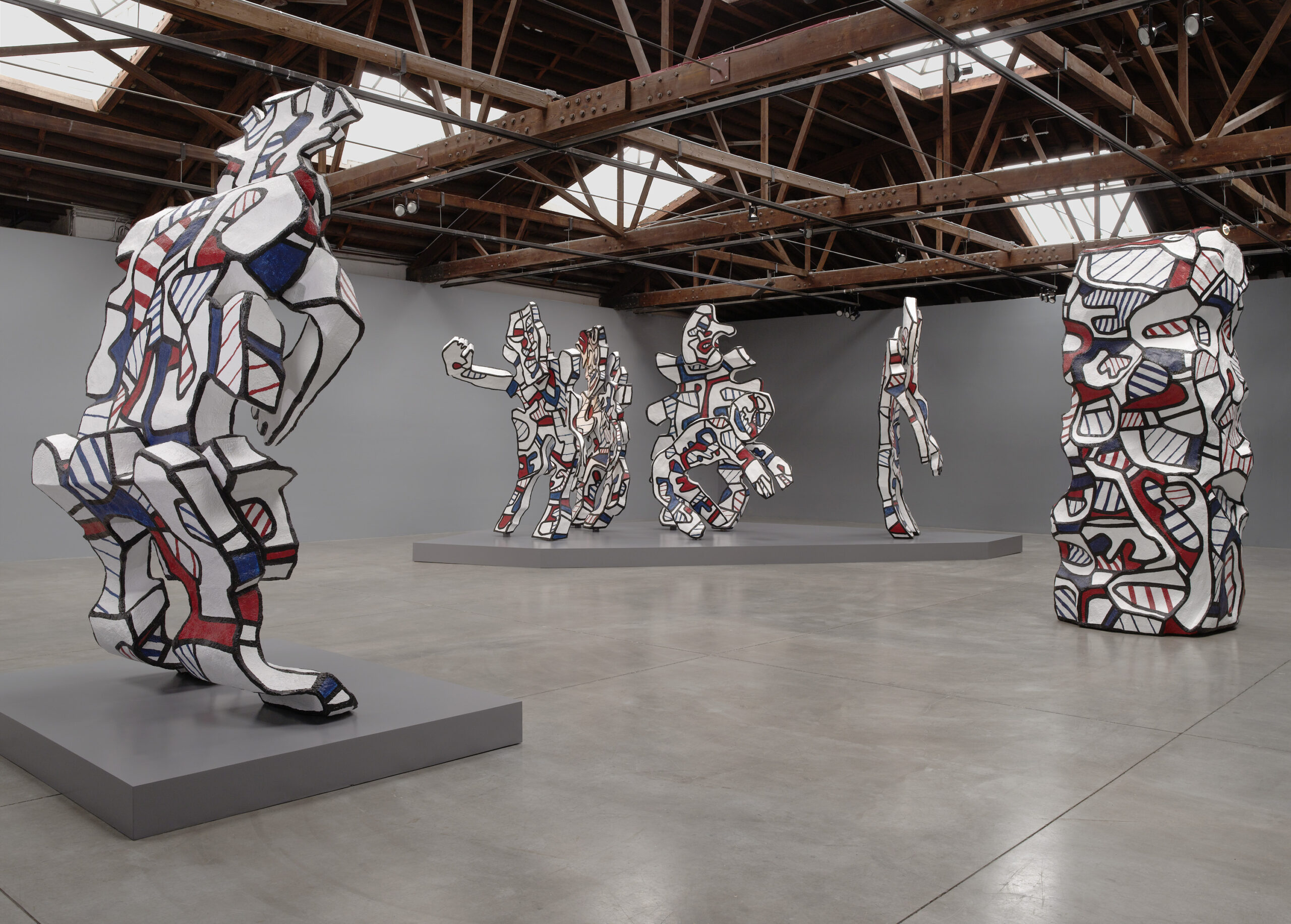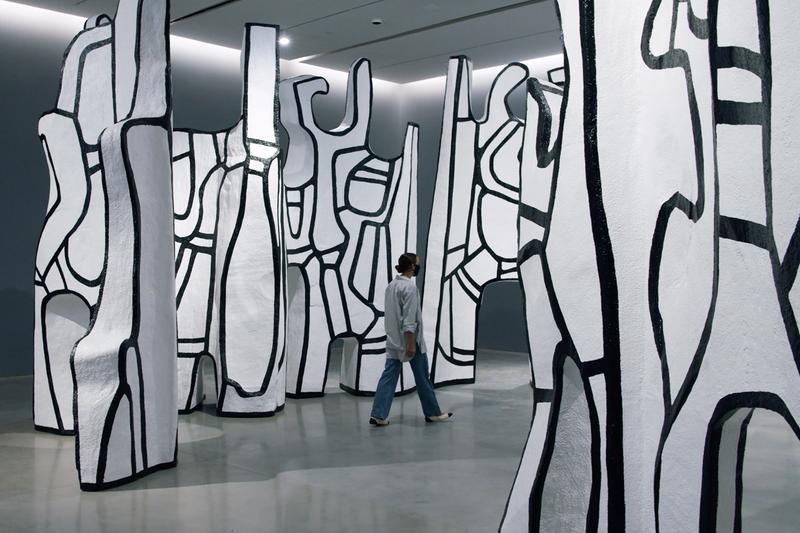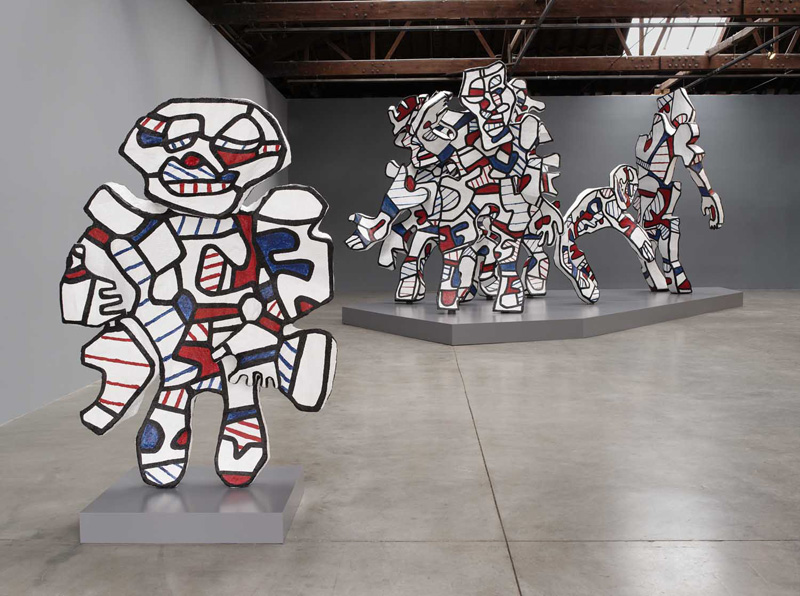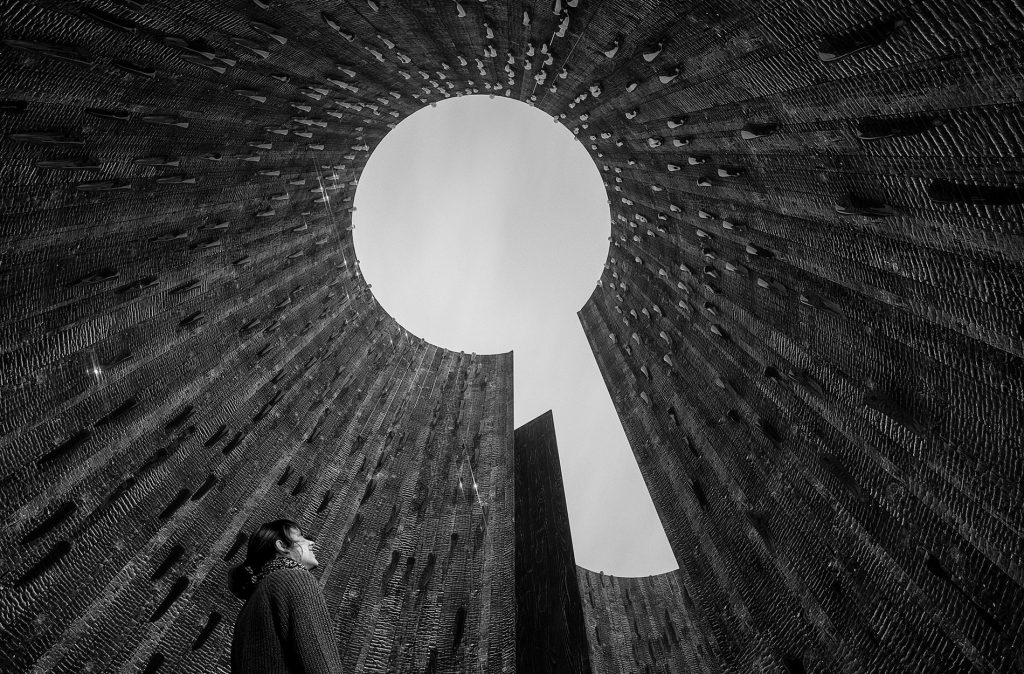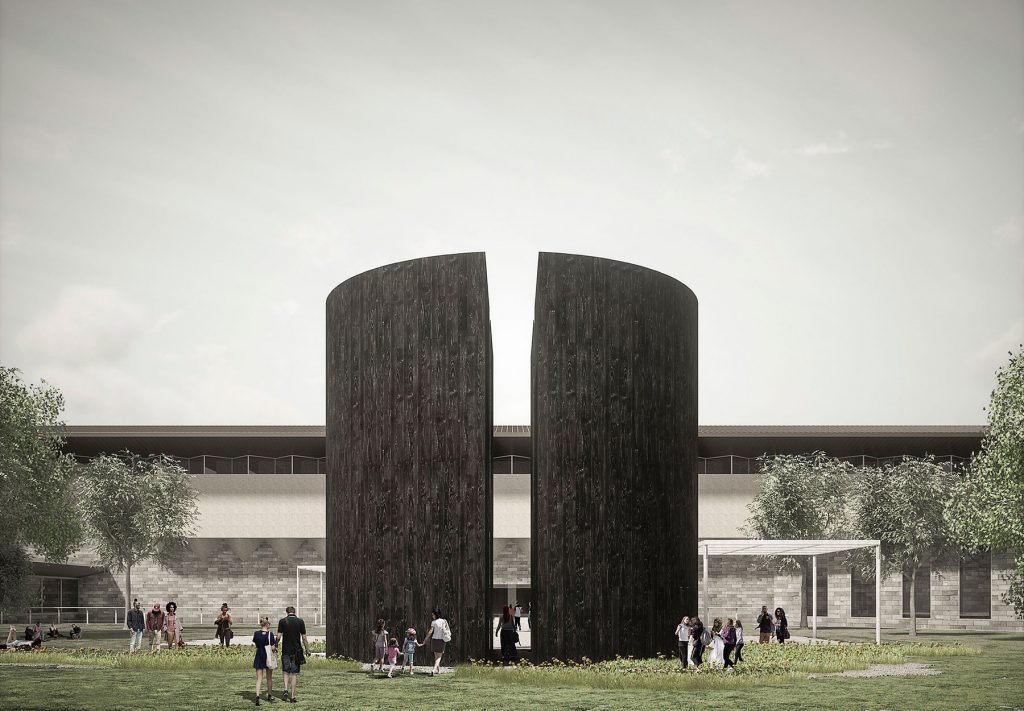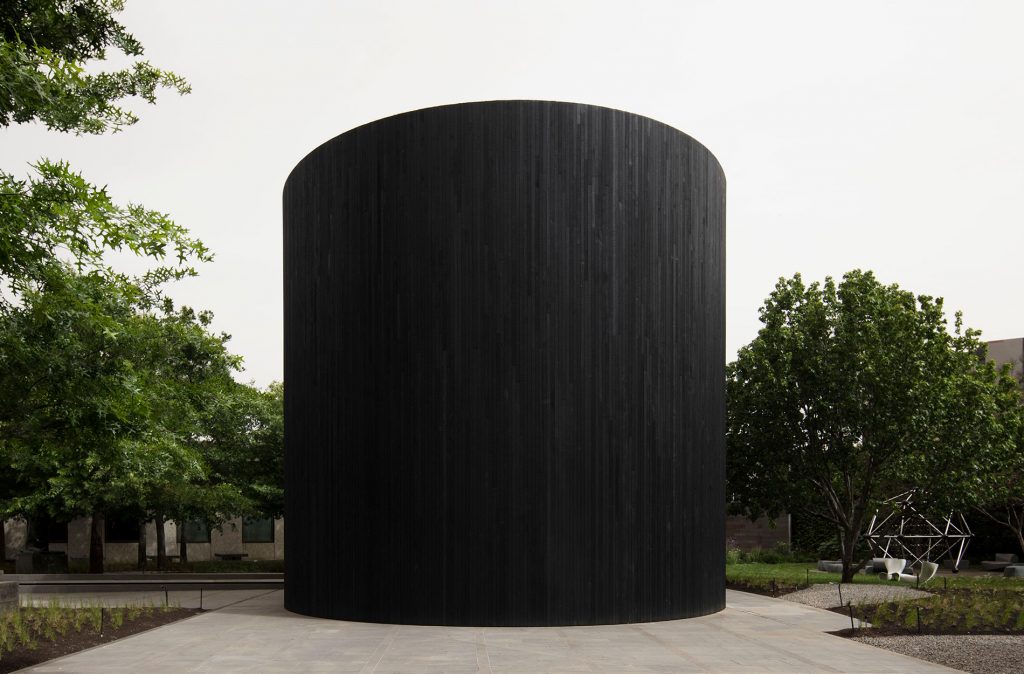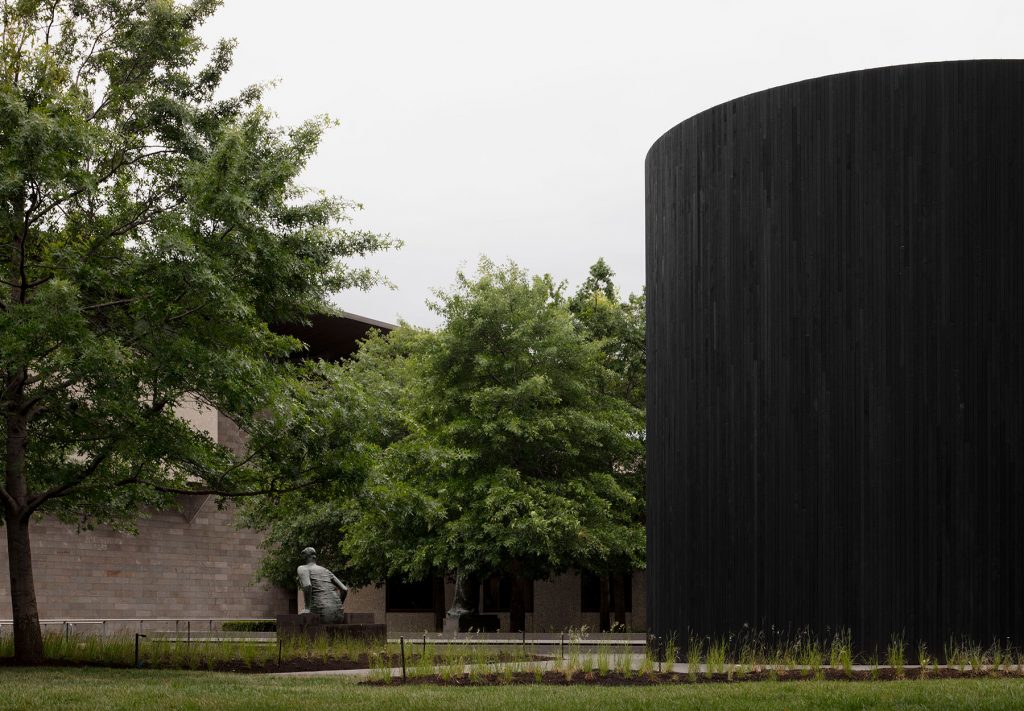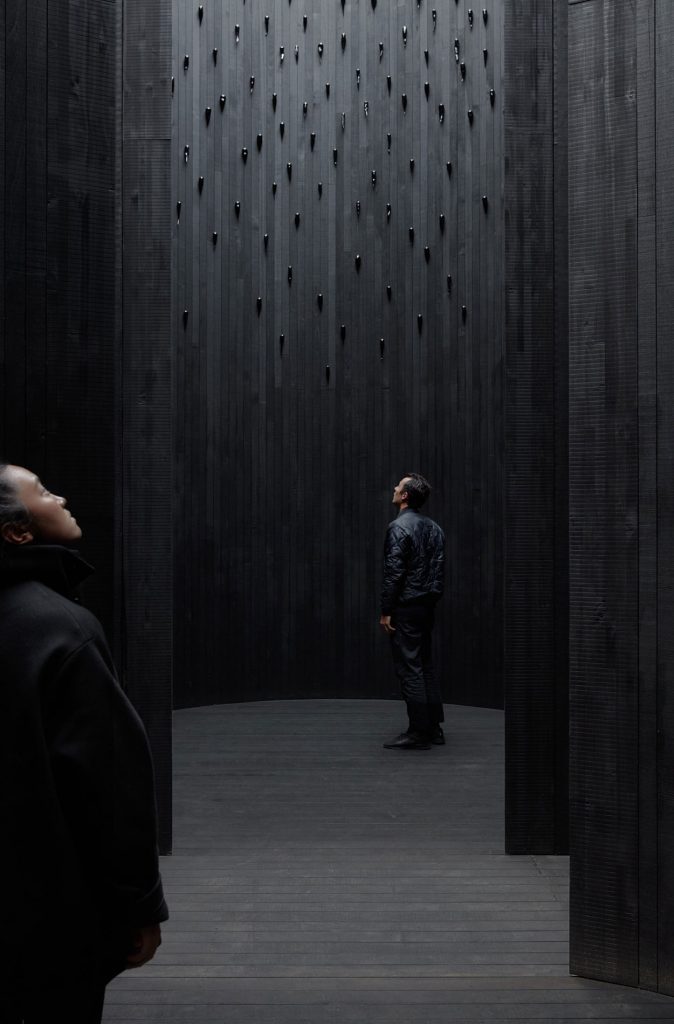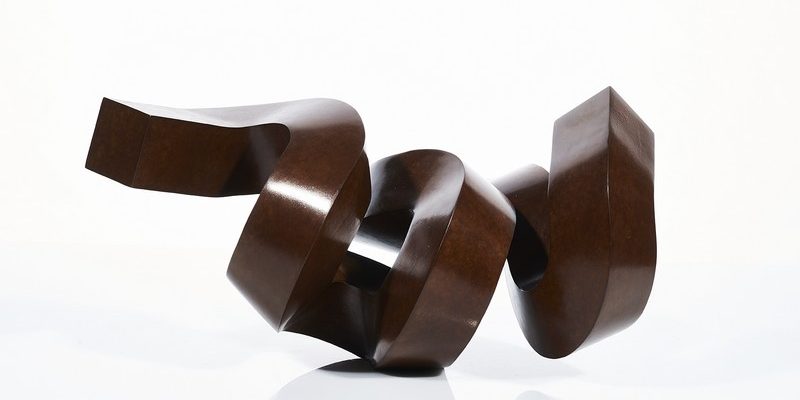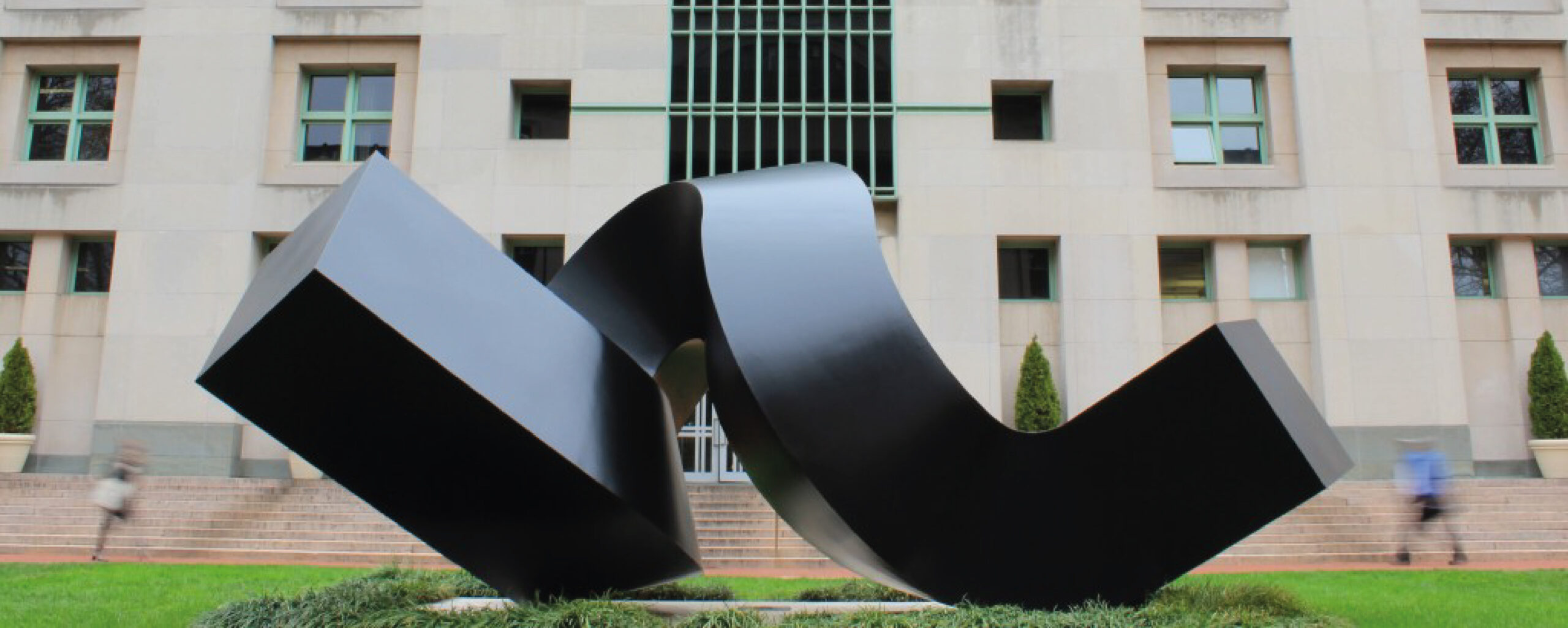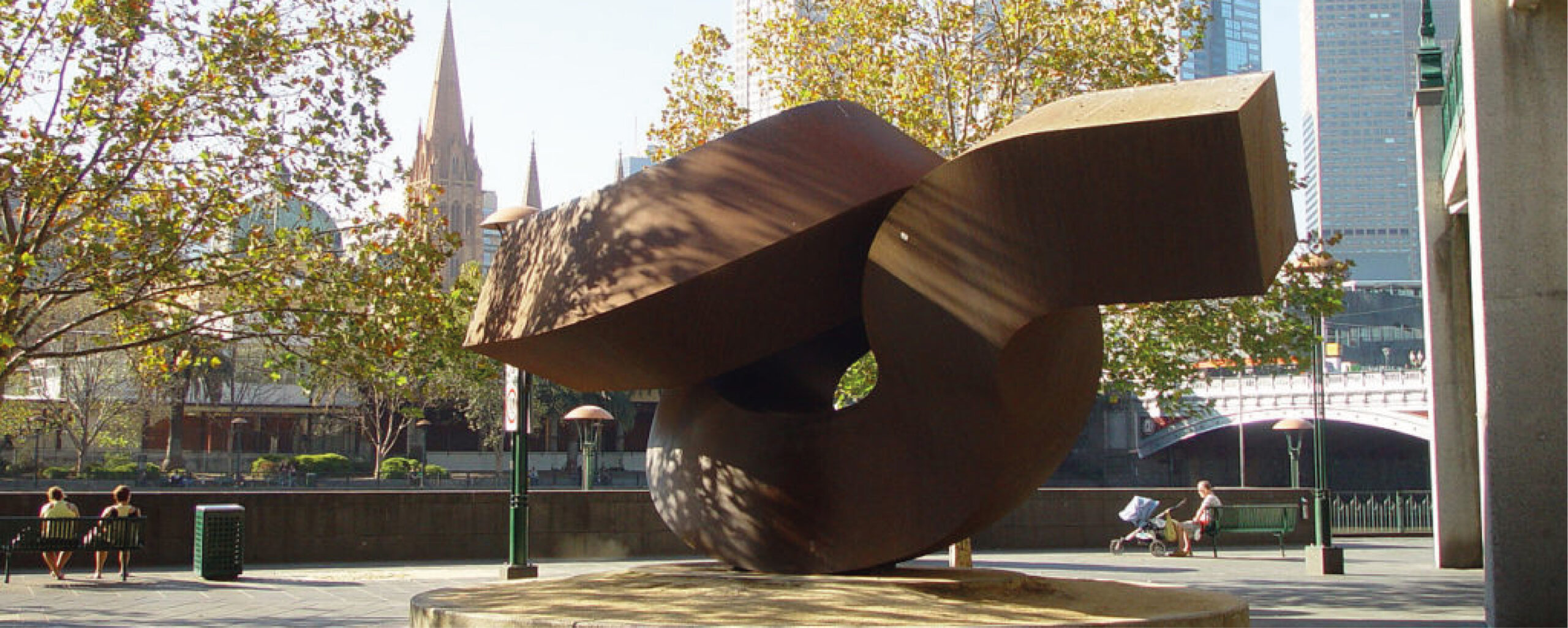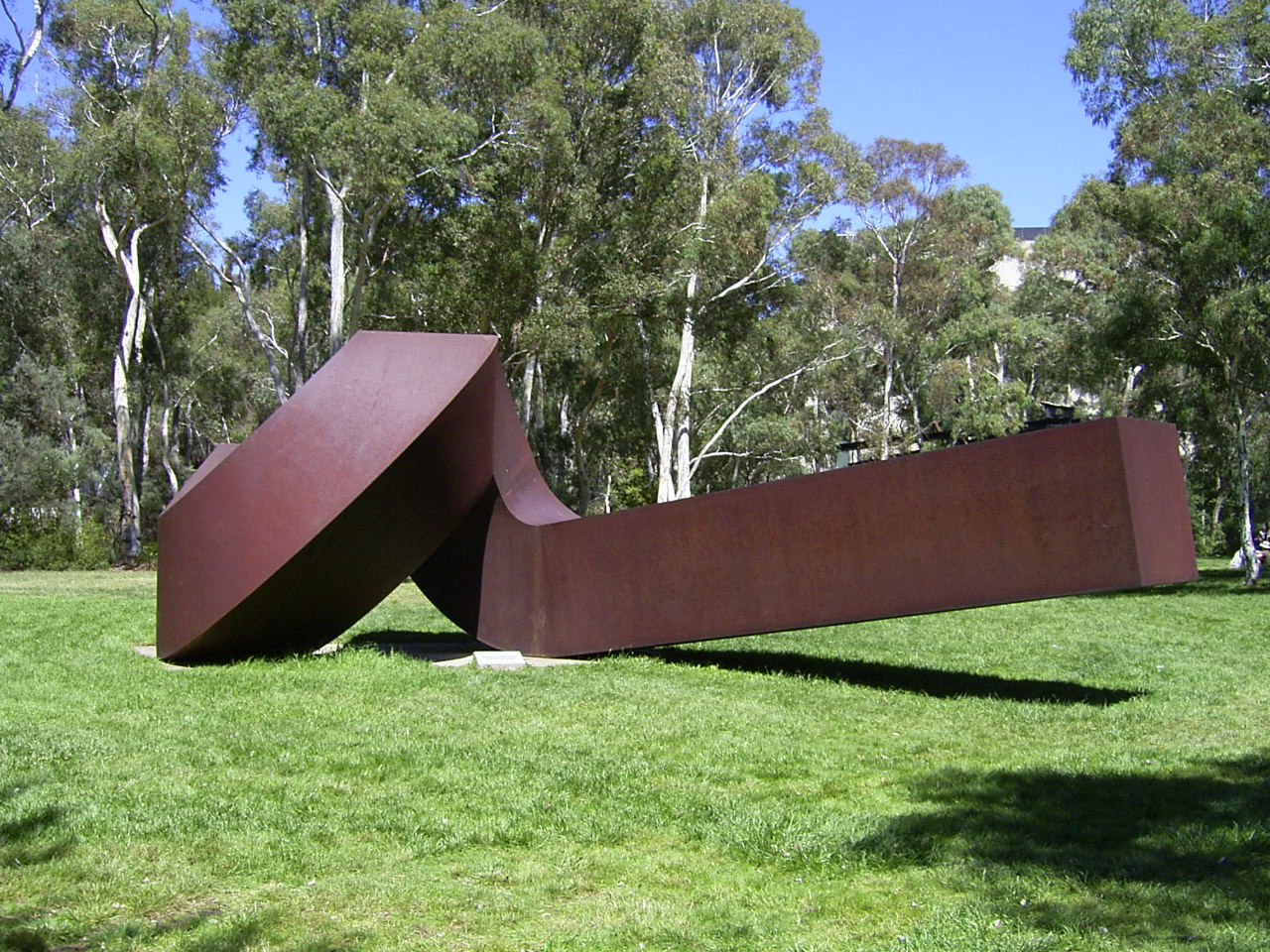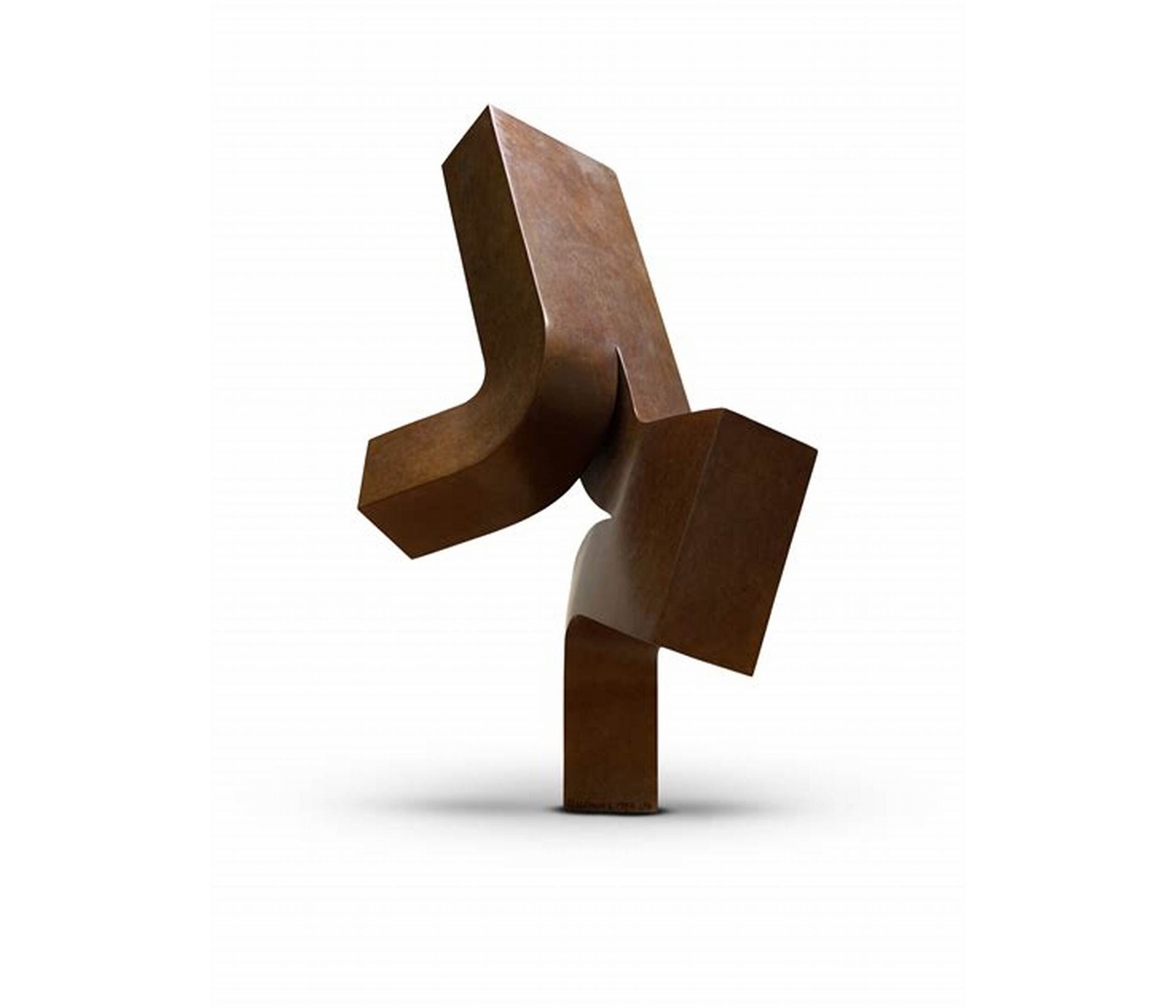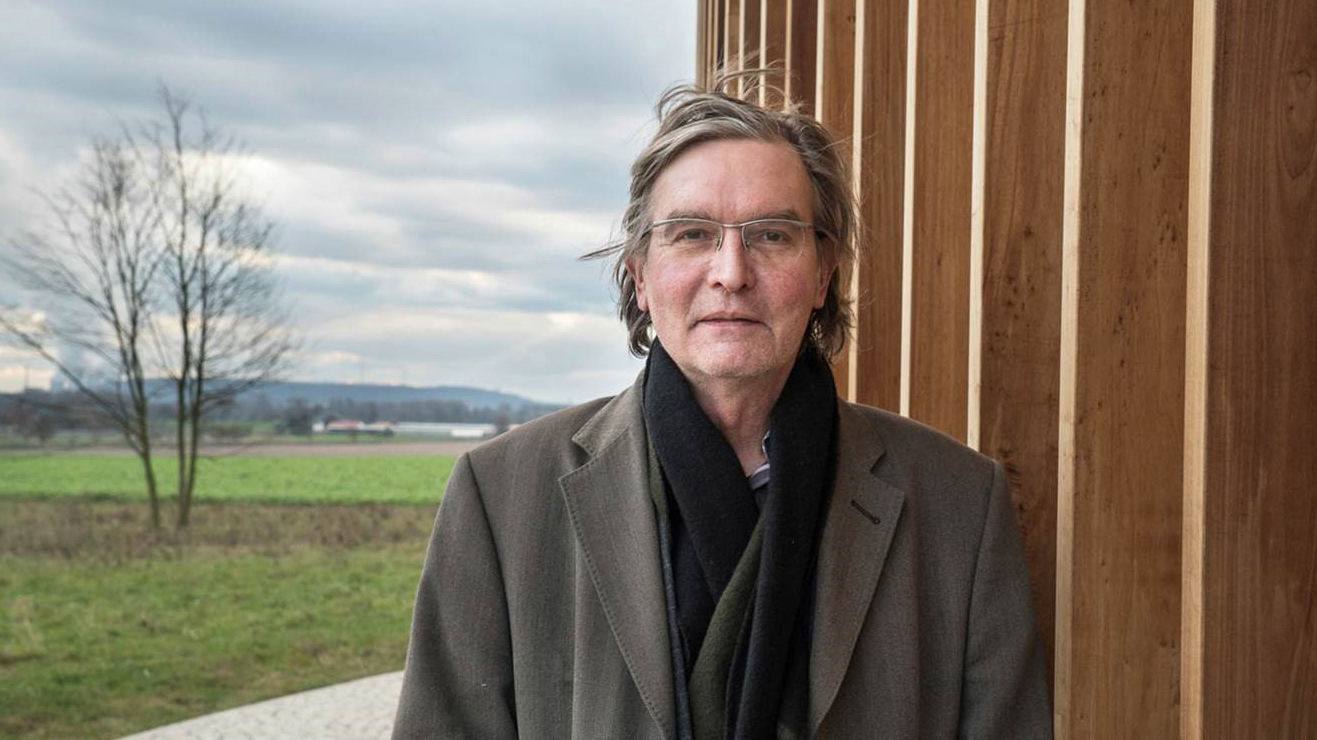
Thomas Schütte
Since the late 1970s—when he studied with renowned German artist Gerhard Richter—Thomas Schütte has been subverting traditional art historical genres through his eclectic output of sculptures, prints, installations, drawings, watercolors, and photographs. Schütte makes familiar forms of expression, like memorial portraiture and figurative sculpture, strange through evocative, often disturbing alterations, such as in his treatment of the female nude in his “Bronzefrauen” series (Bronze Women, 1999-ongoing) where figurative shapes morph into abstract or mutant forms, or his “Alte Freunde” series, in which the subjects’ despondent expressions highlight the vulnerability of the individual against the cruelty and complexity of the vast world. Through his work he explores the human condition, offering a critical perspective on social, cultural, and political issues and visually eloquent commentary on memory, loss, and the difficulty of memorializing the past.

On a visit to the Konrad Fischer Galerie in 2016, Rolf Fehlbaum discovered the model of a log cabin conceived by Thomas Schütte. Fascinated by the structure, Fehlbaum asked the artist if he could imagine a full-scale realisation of the project on the Vitra Campus. In 2018, the Blockhaus became the newest building on the company premises, forming a contrast to the architectural works by other figures. On the occasion of the official opening, the artist Thomas Schütte offered insights into his work.
The Blockhaus is a hybrid structure – both object and functional space – and the first architectural work on the Vitra Campus that was created by an artist. How does this project diverge from the approach and implementation of other buildings on the premises?
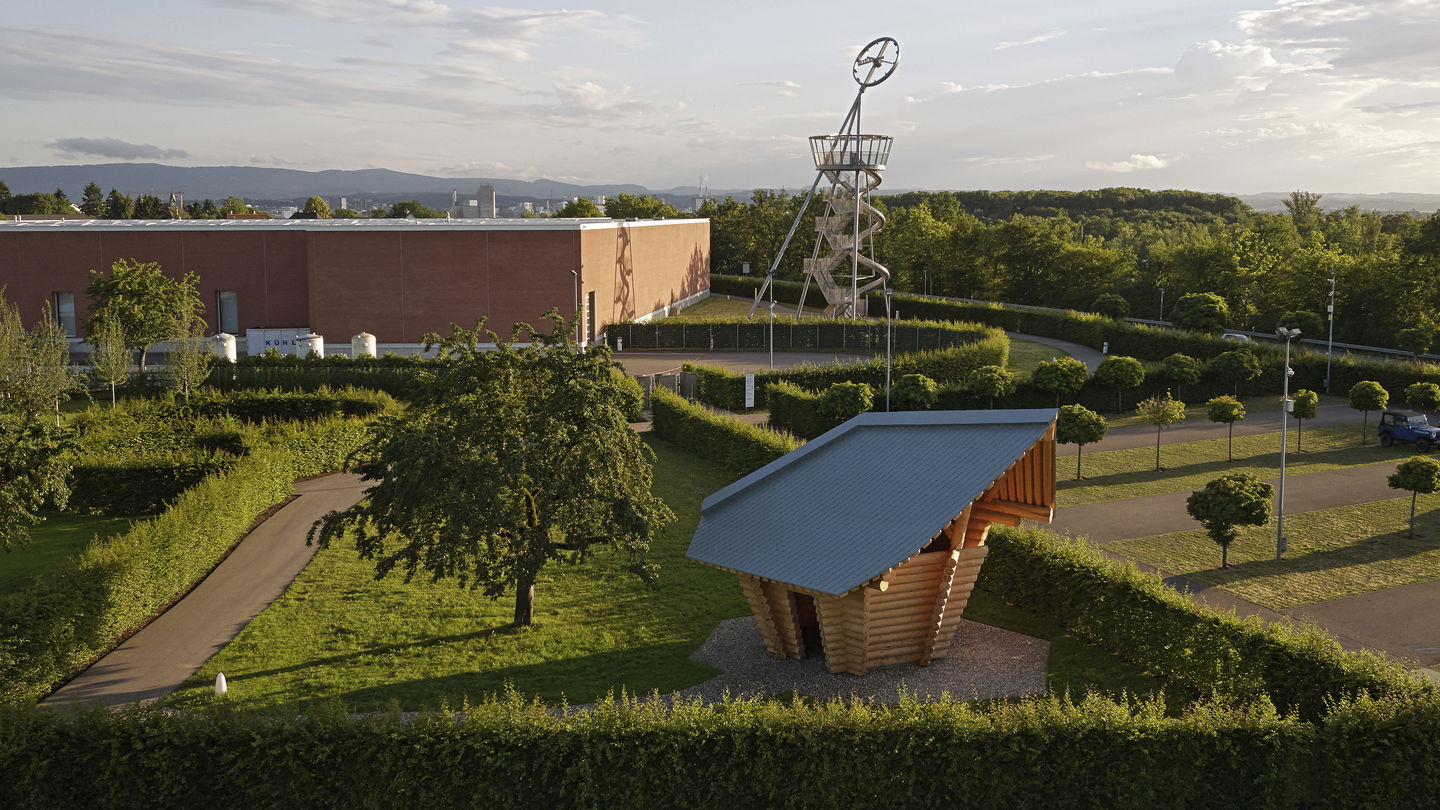
”I think the main difference is that I didn’t have to fulfil any expectations. If someone orders a hotdog, I can bring him a steak. Or even just a bottle of water. I am not financially involved in the realisation of the project, so I don’t have an ego problem. And I don’t have a signature style. Basically, I’m presenting an idea, and most of the time the idea is realised in a way that is ten times better than expected. But you still never know. I have good friends who are architects, and they are happy when I can work with them, because then they have a completely free hand in the project’s implementation. Normally an architect can’t do very much, because the banks and financial backers make the decisions. But the main difference still lies in the fact that I am not bound by such constraints; I can define the task myself.”
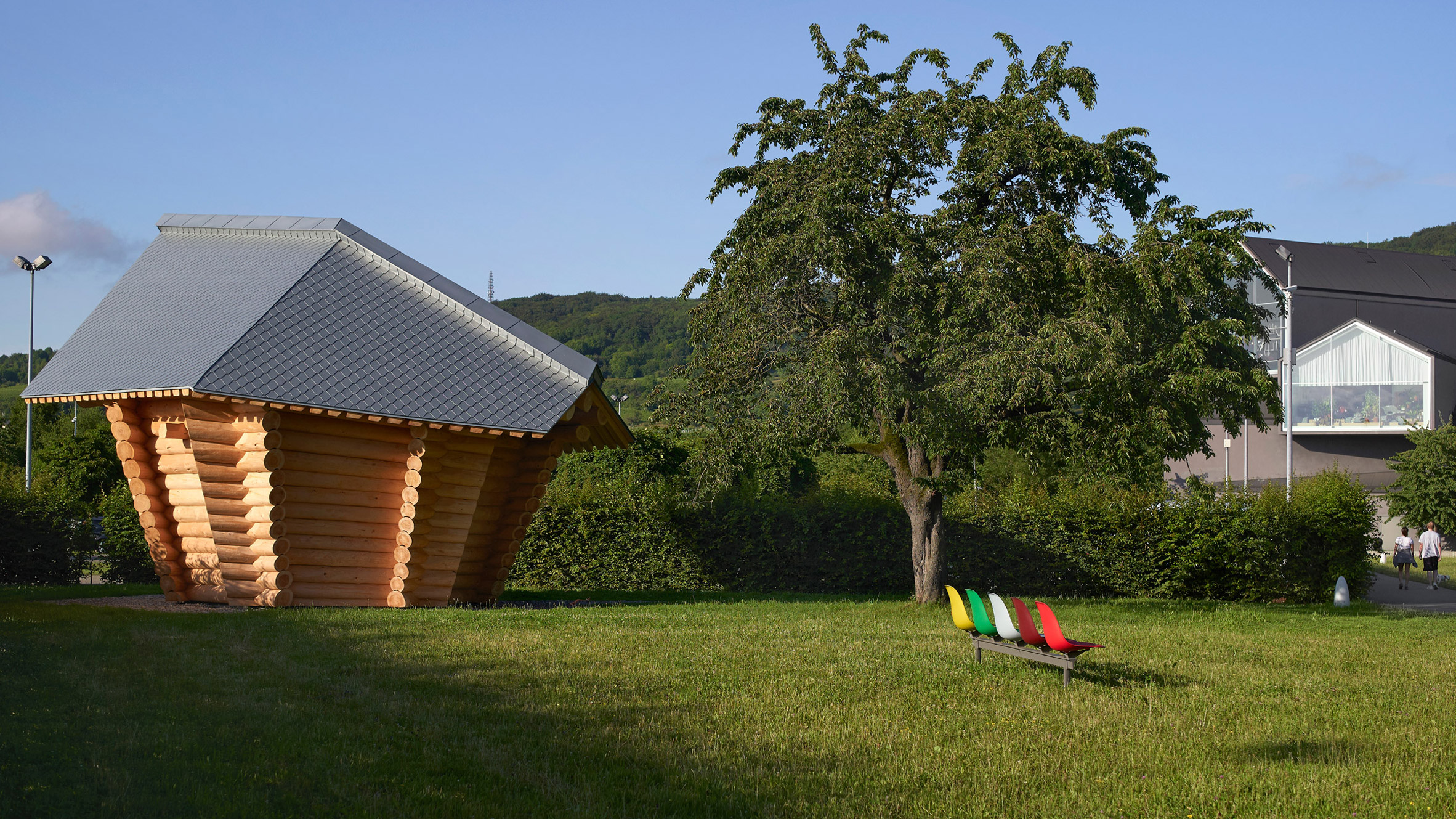
‘It was the most crooked, and the most unrealistic wooden bricolage that was amongst the choices. And I think the reason is, it’s so different from the other buildings that it makes some sense.’ Thomas Schütte, responding to a question from Rolf Fehlbaum, who discovered a model of the Blockhaus at a gallery.
published in : www.artsy.net
Last Posts
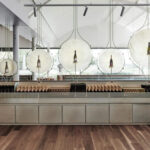
Chandon Australia by Foolscap Studio

LINA Architecture Platform Program
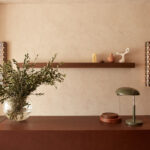
IN BED Armadale Store by Flack Studio
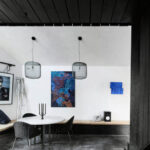
Host House by Splinter Society Architecture
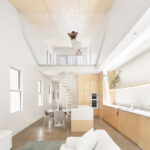
Thomson House by C.Kairouz Architects
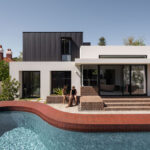
Hyde Park House / Robeson Architects
